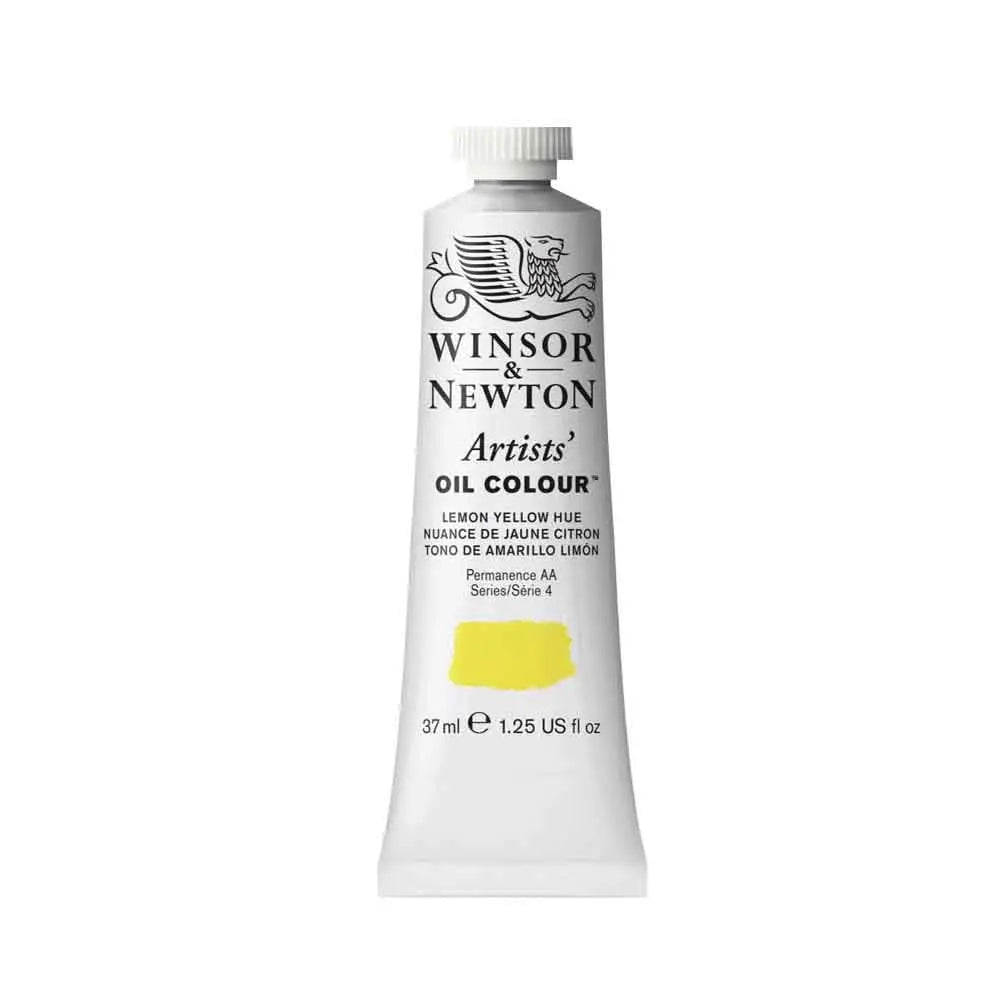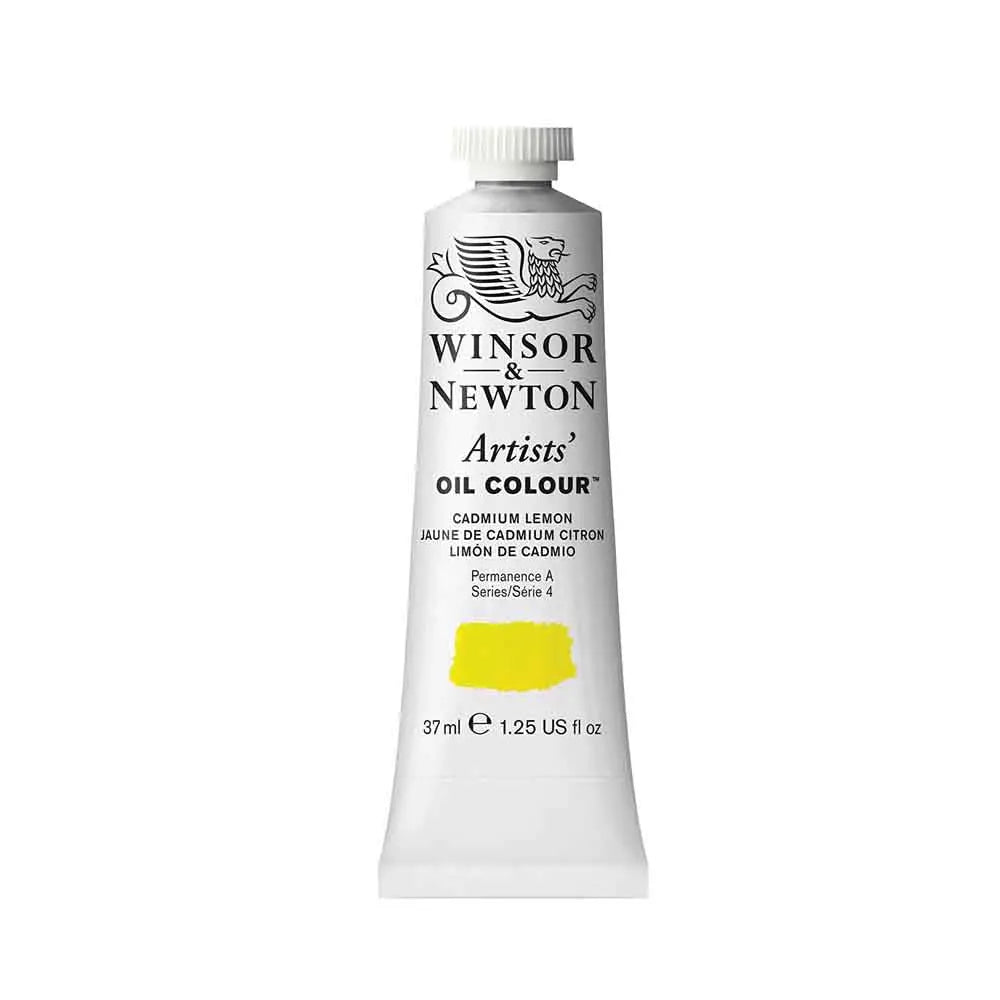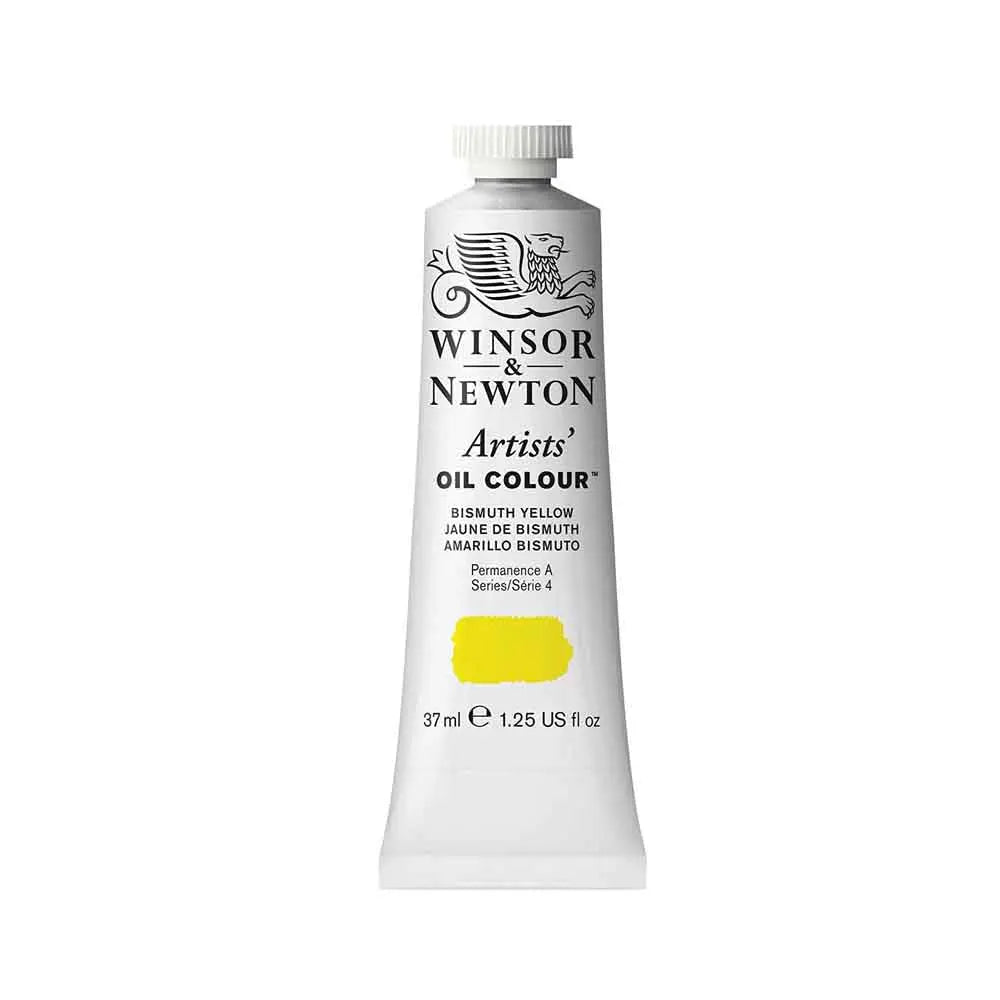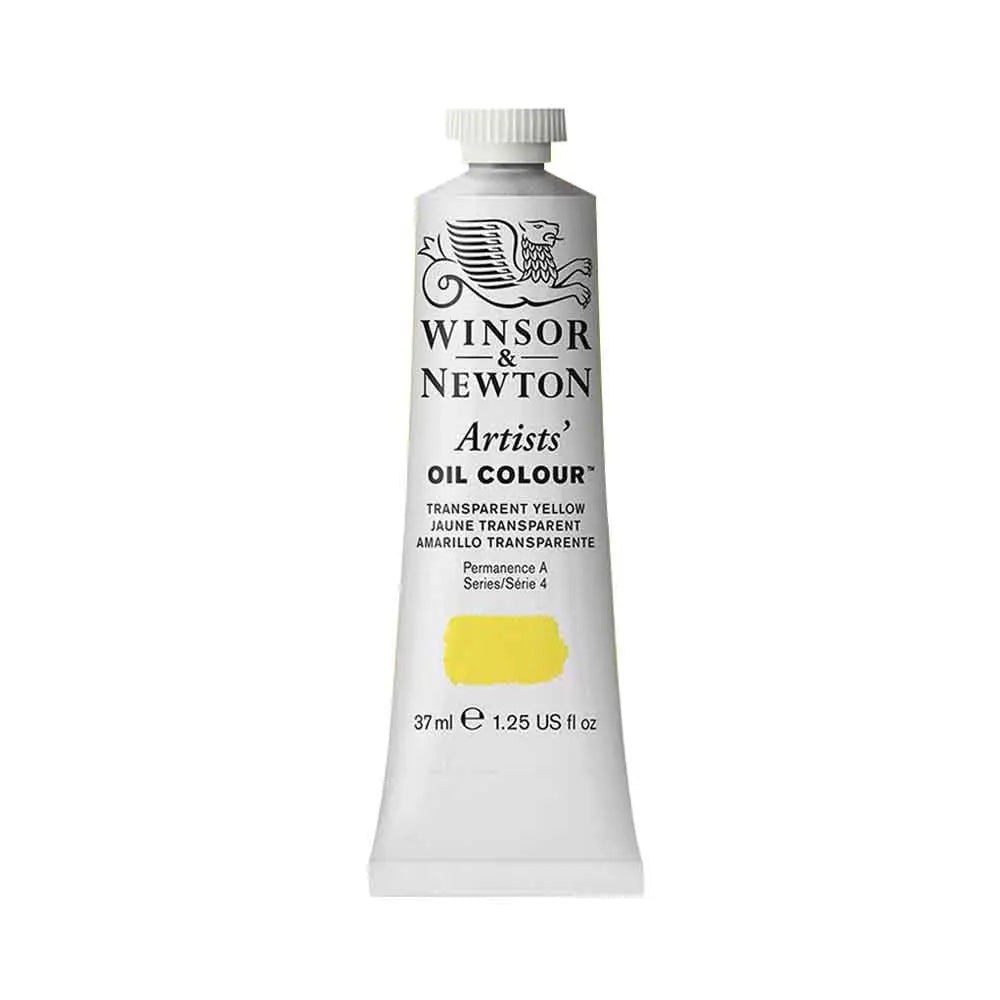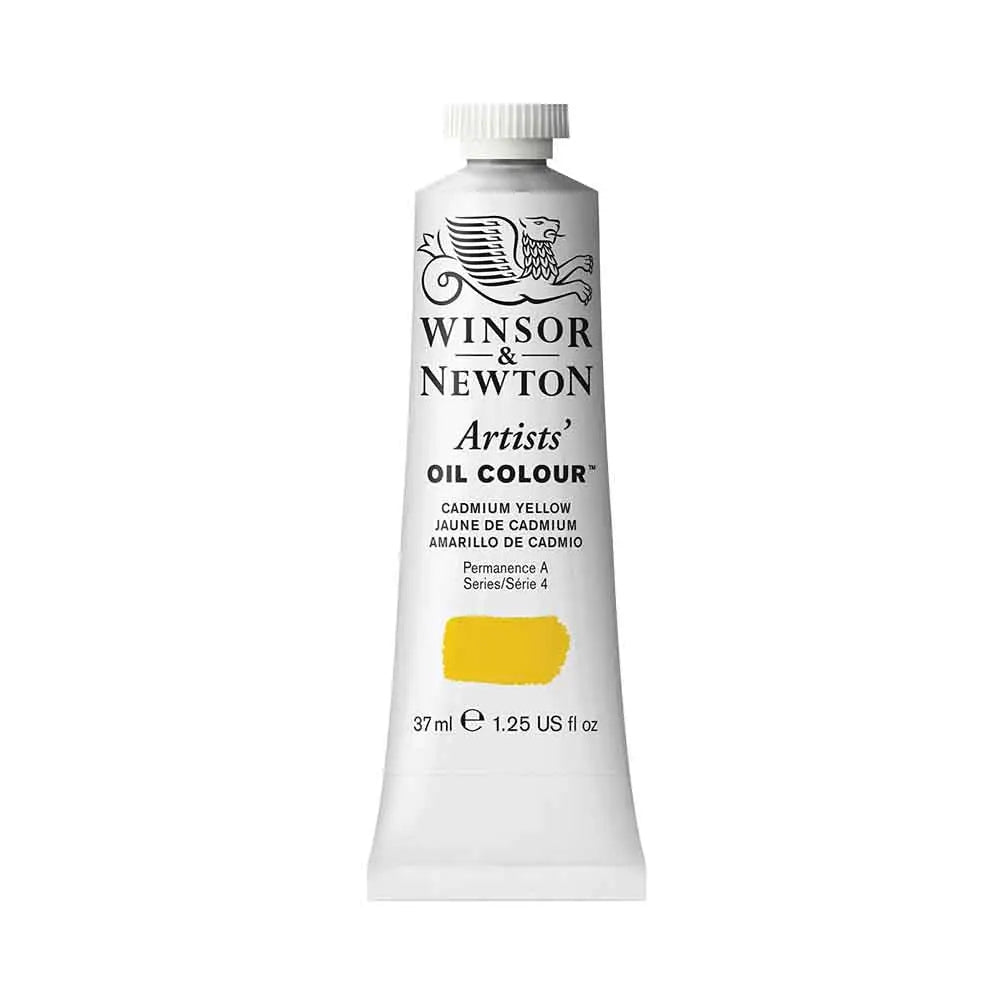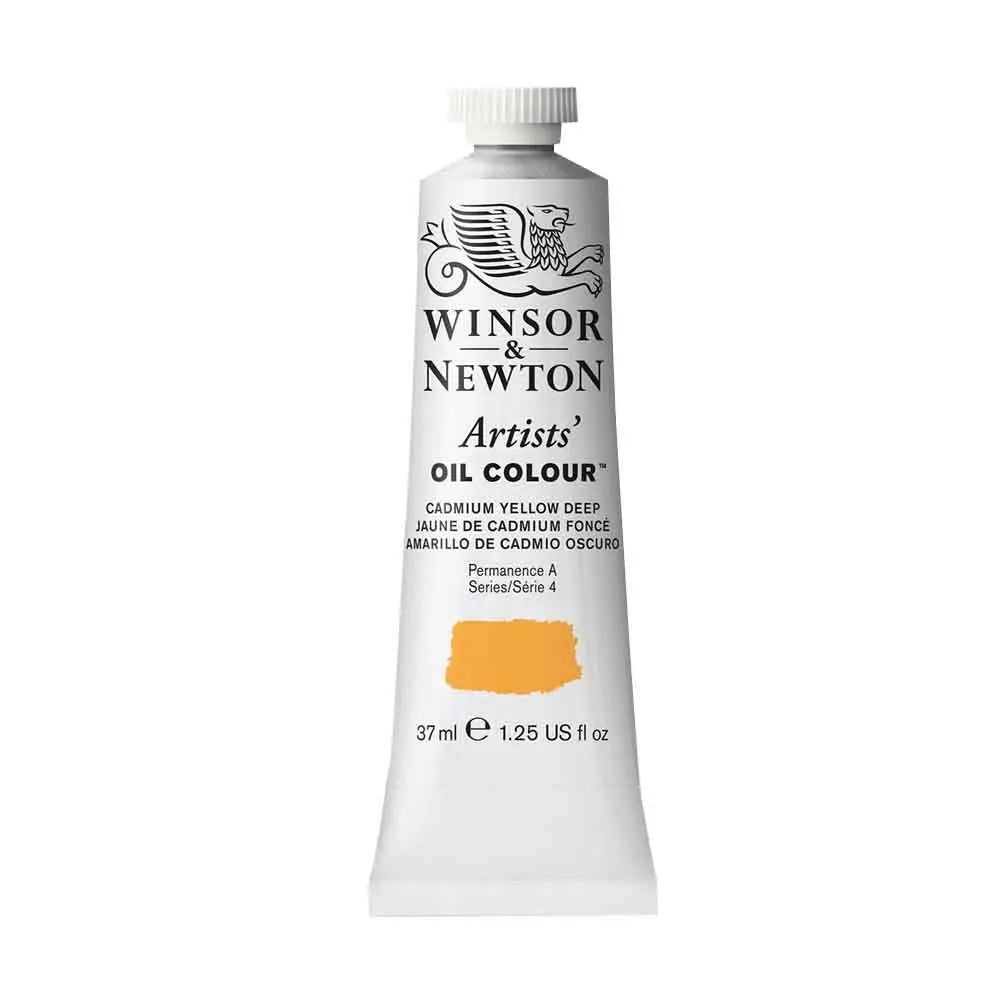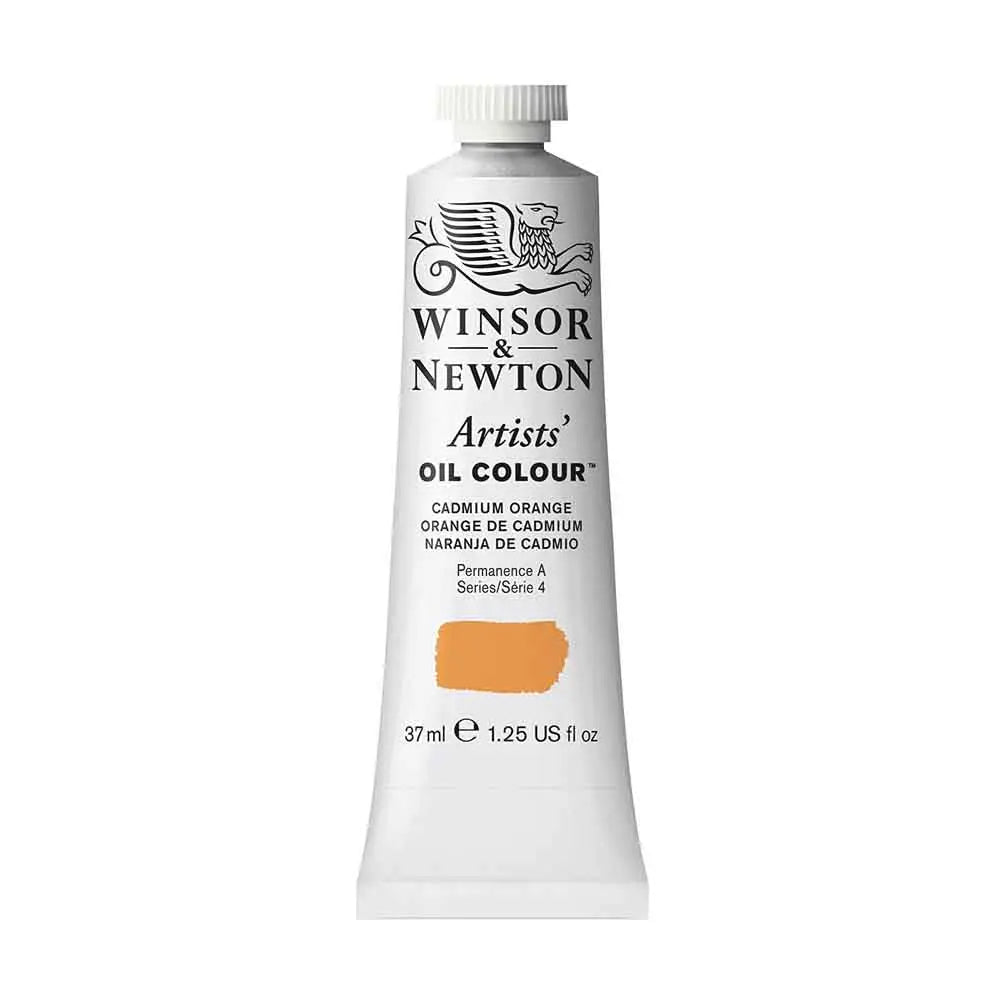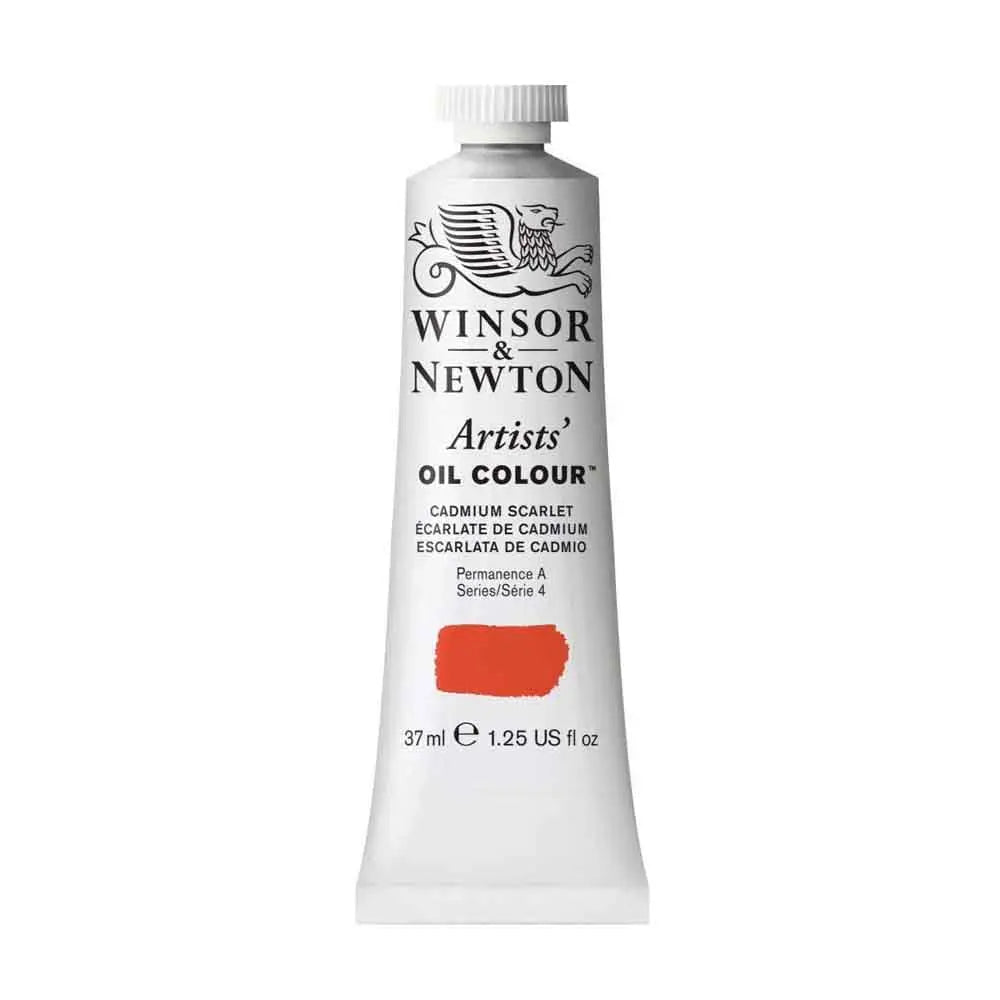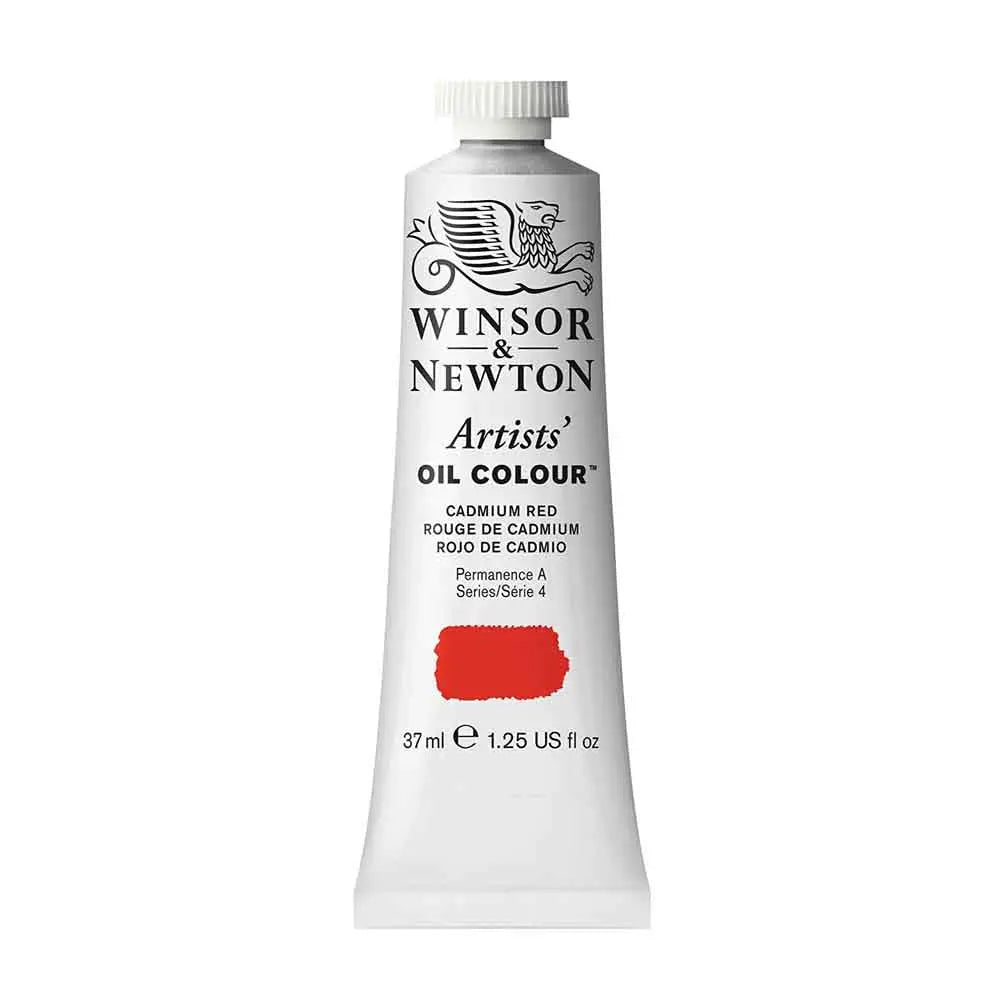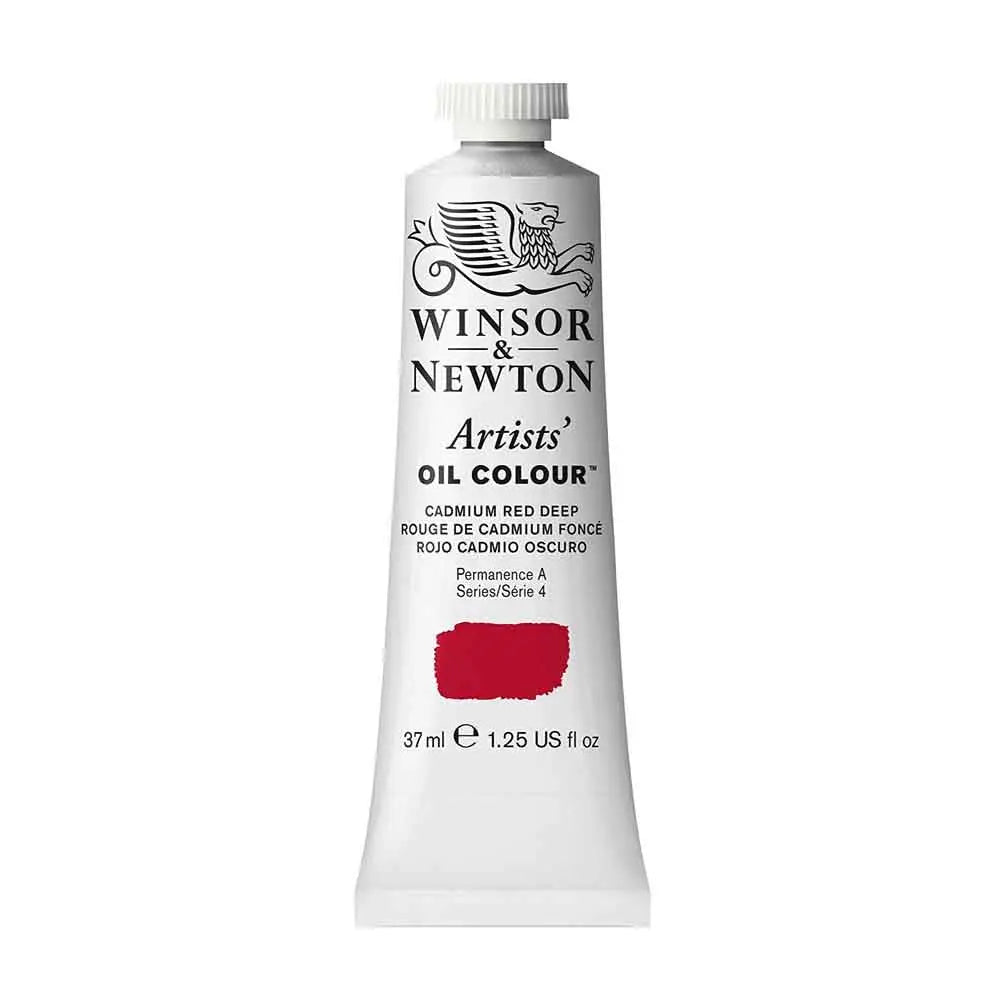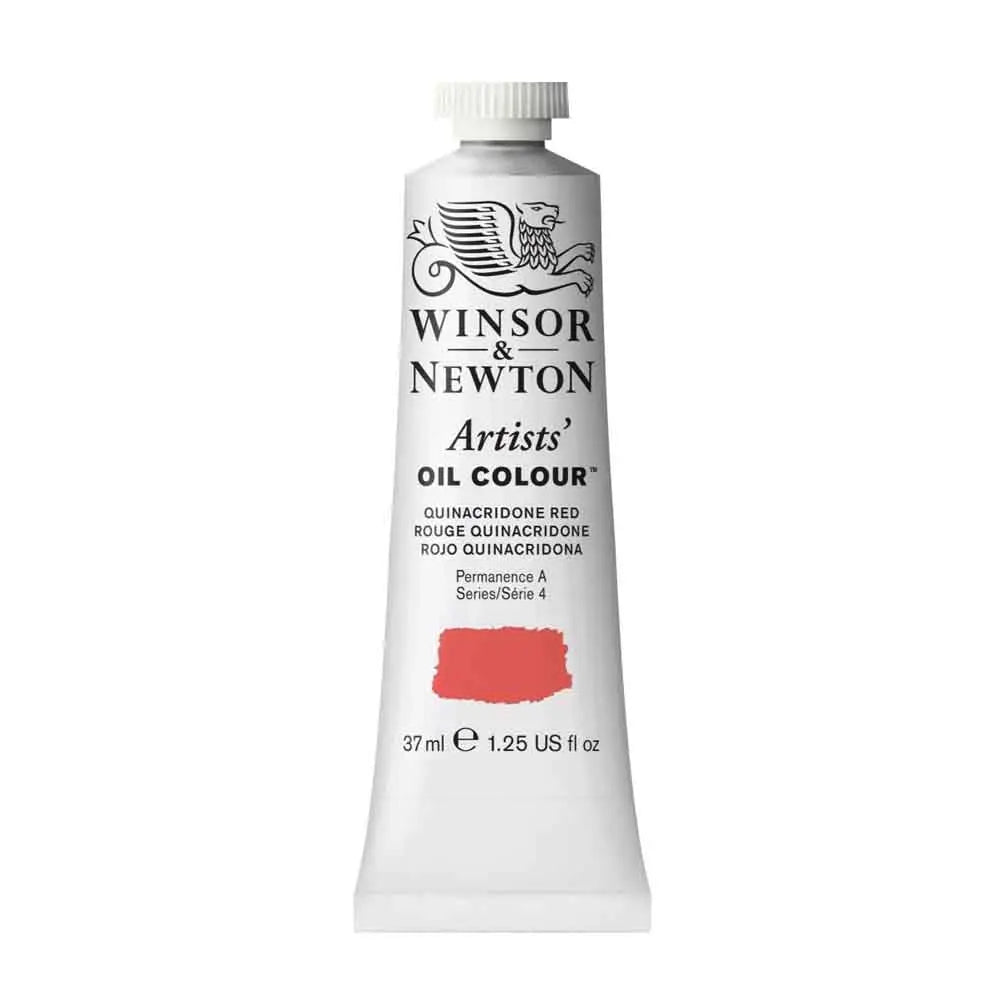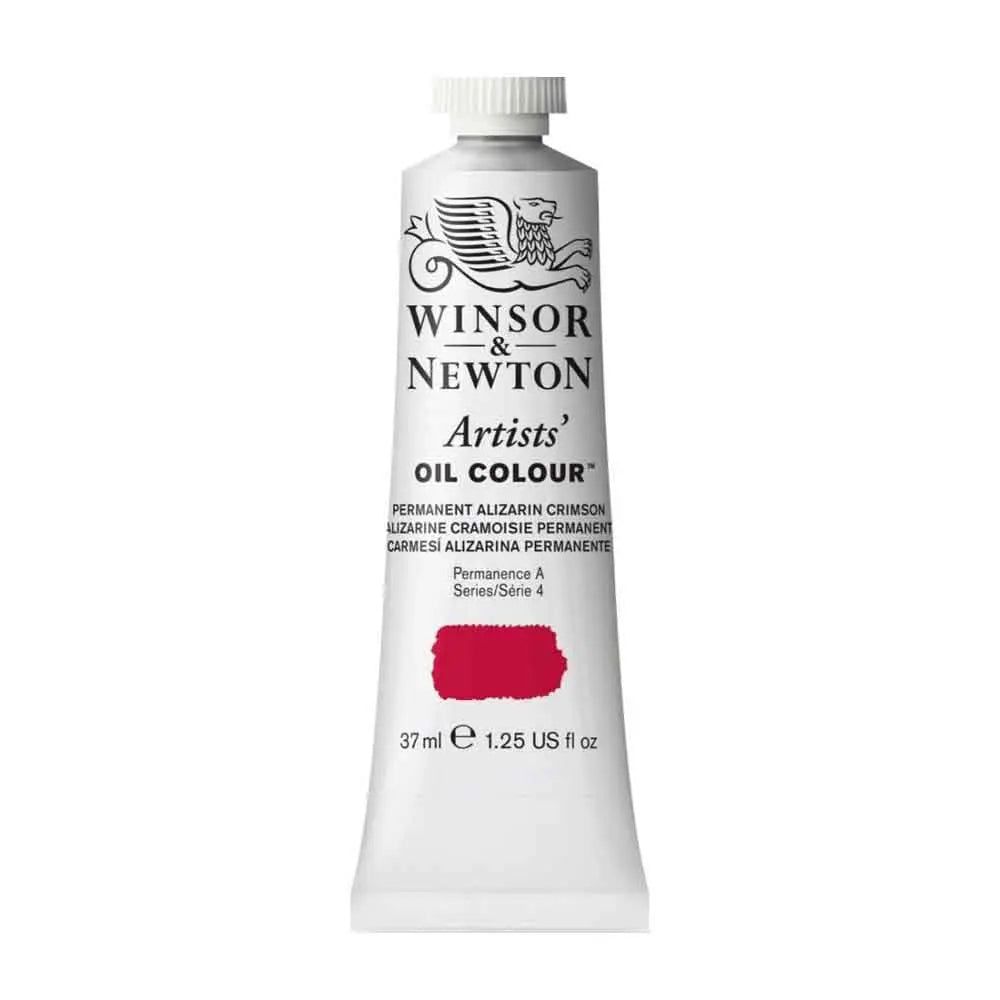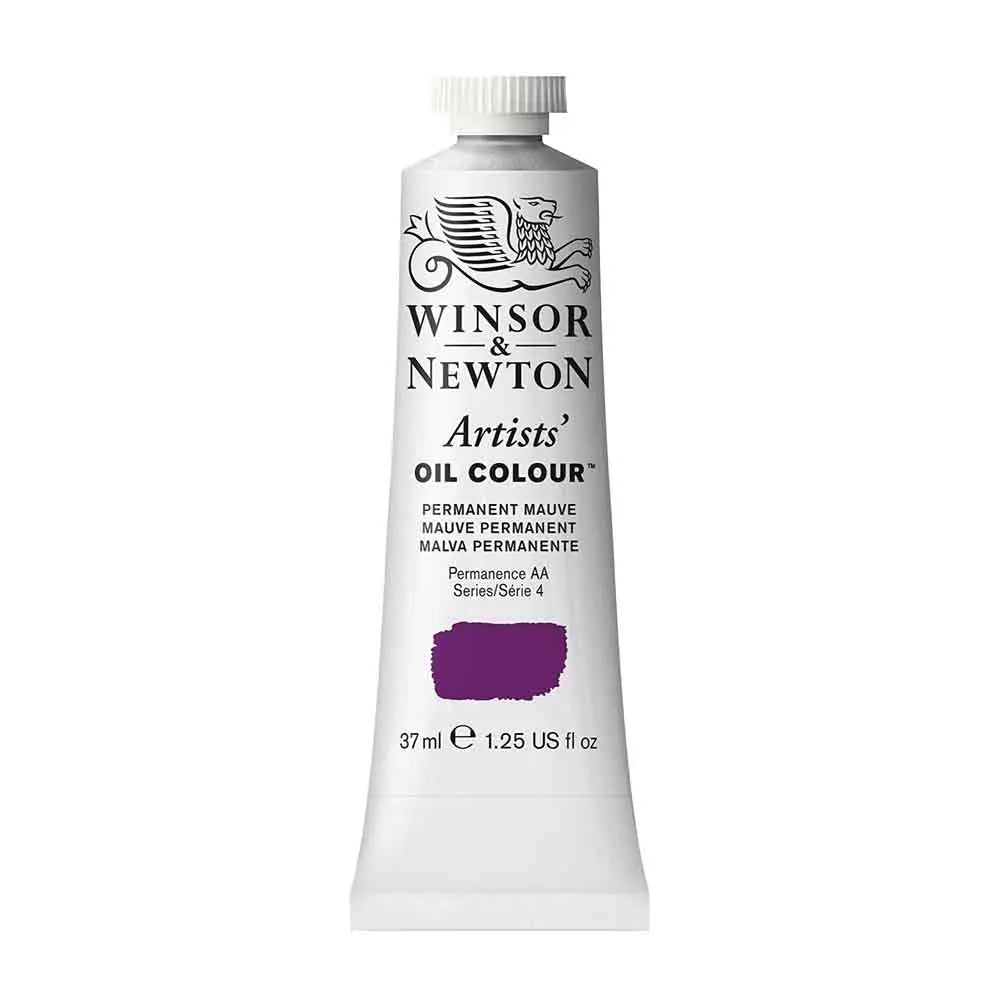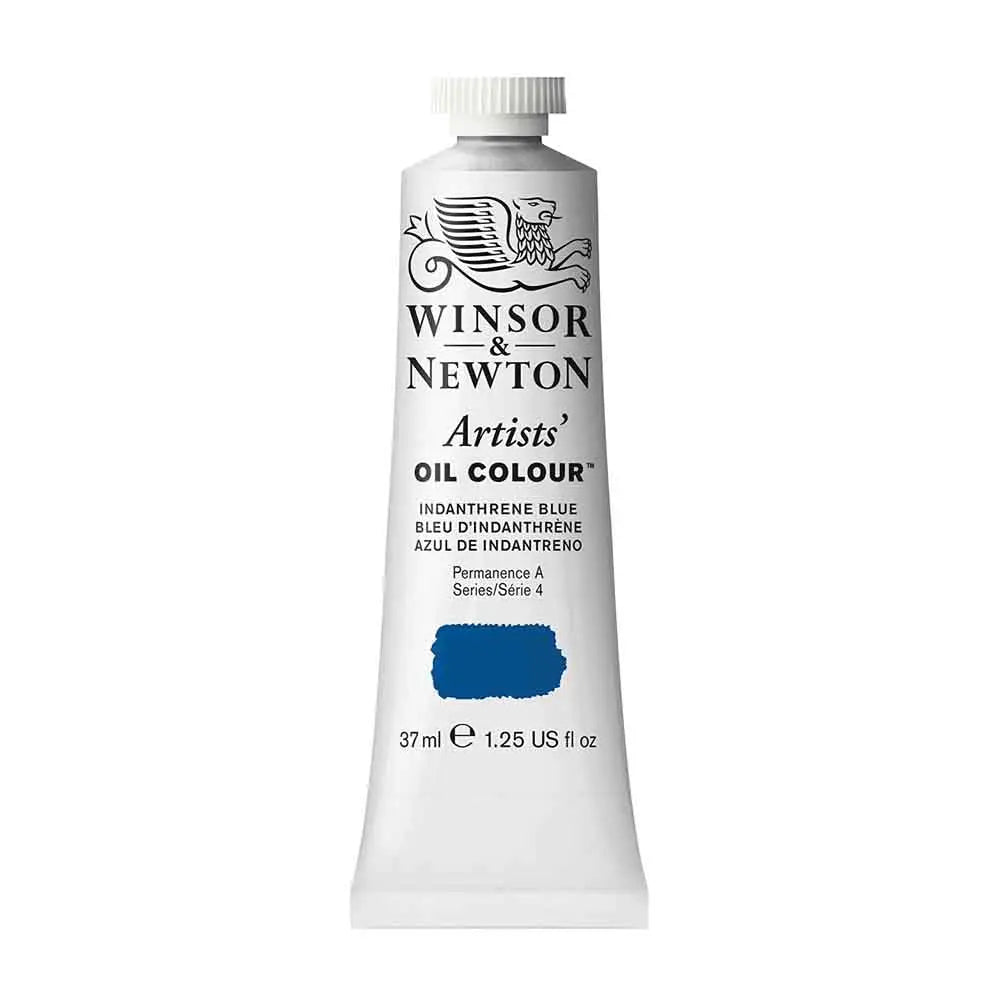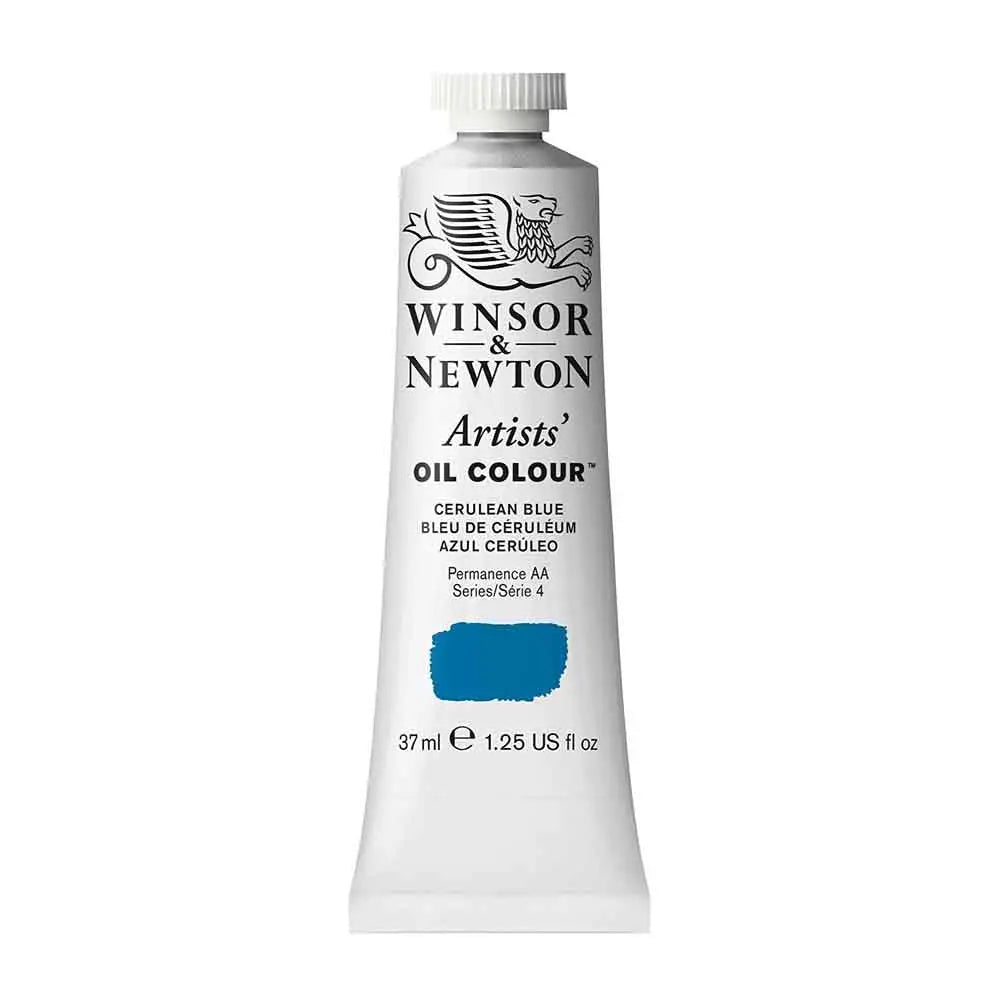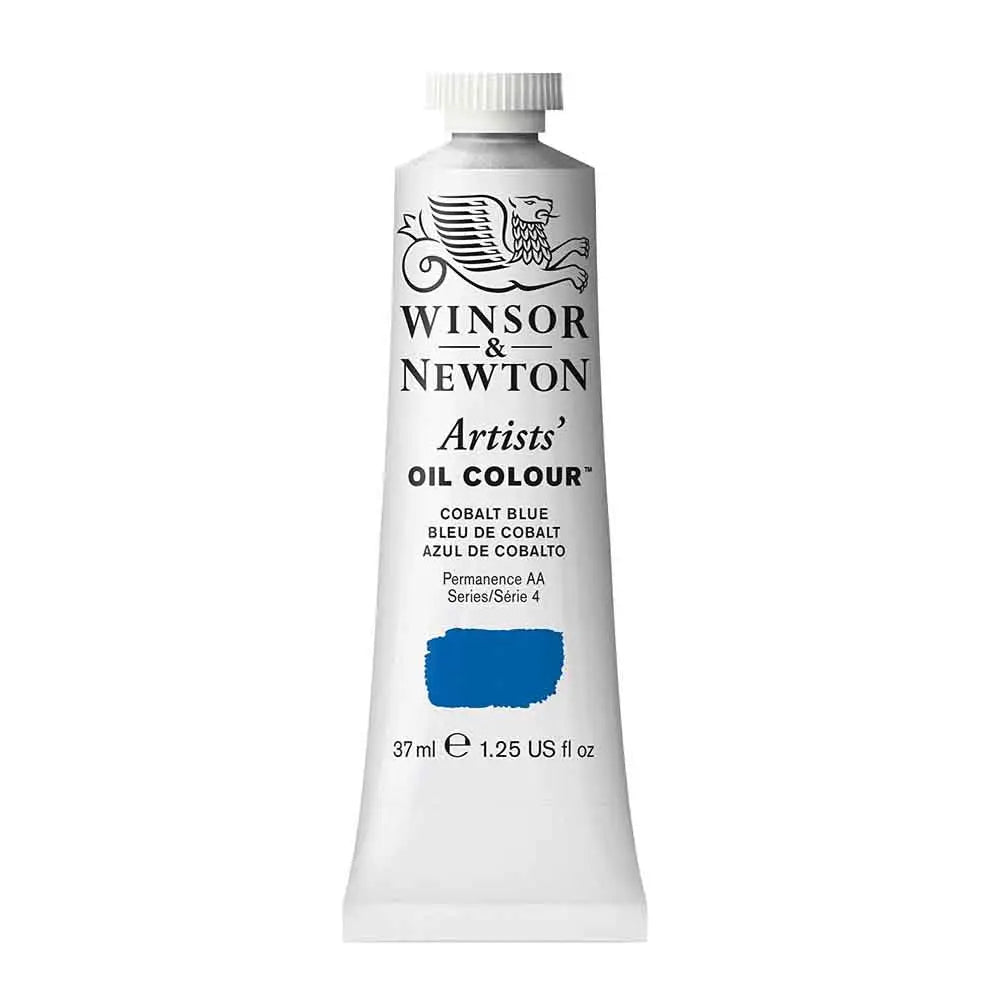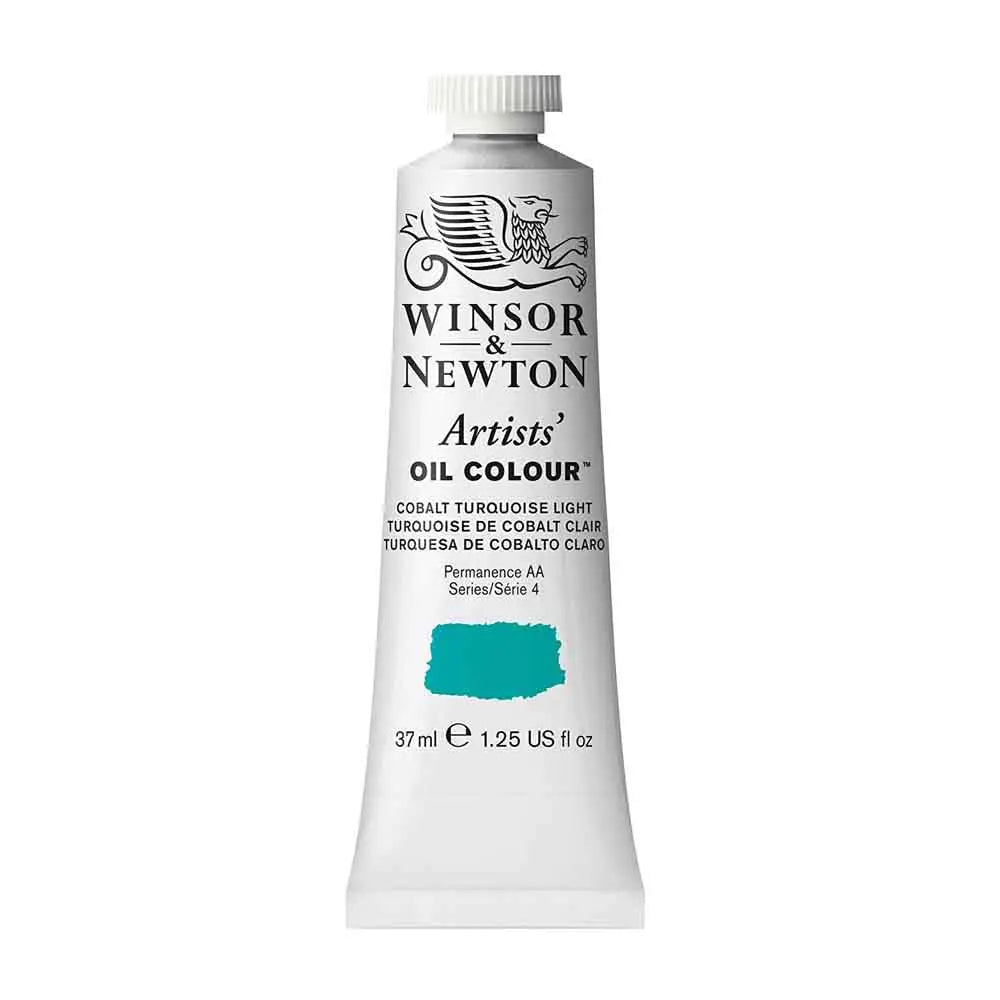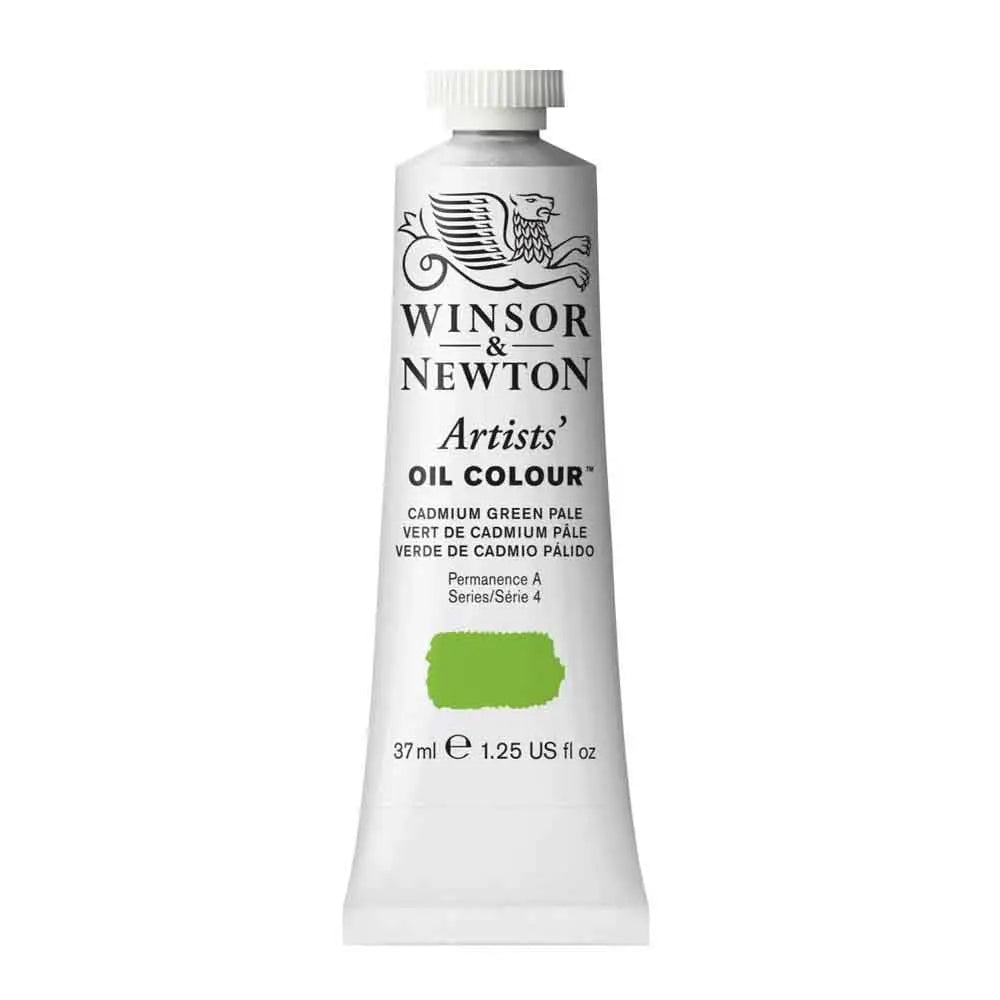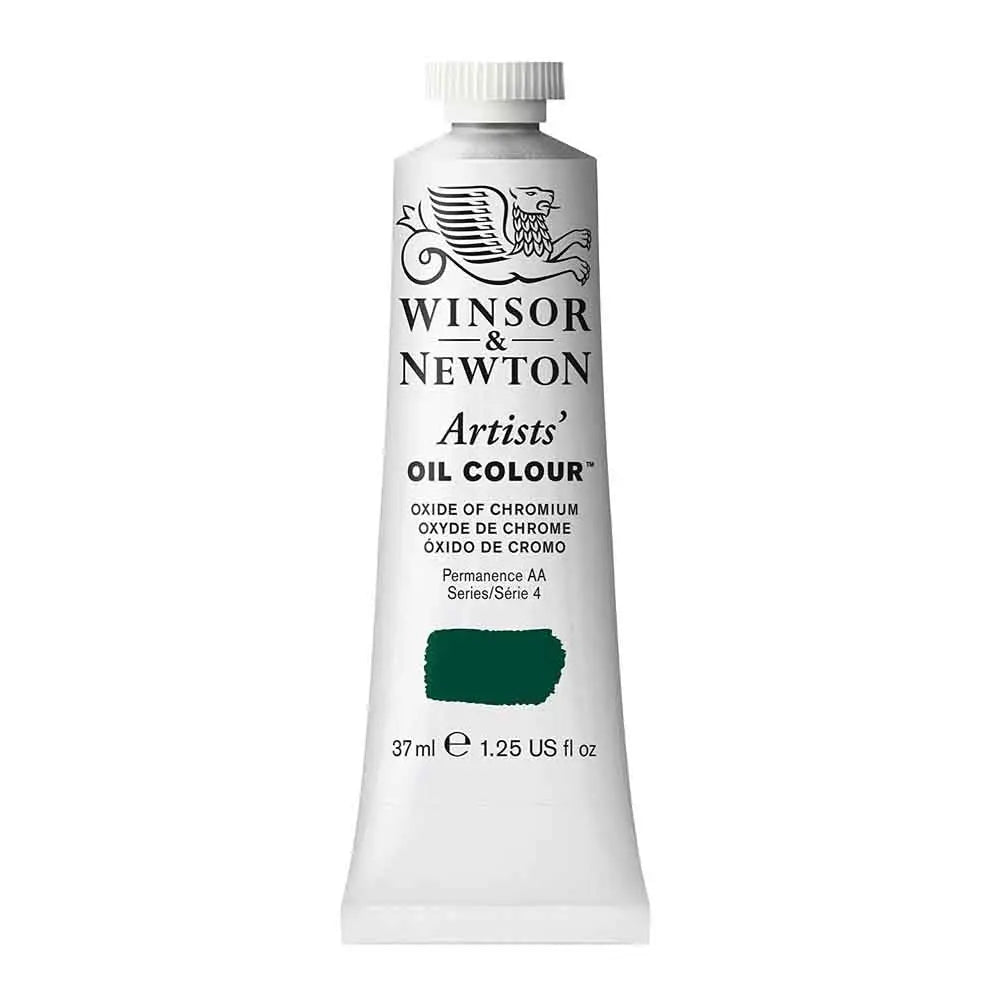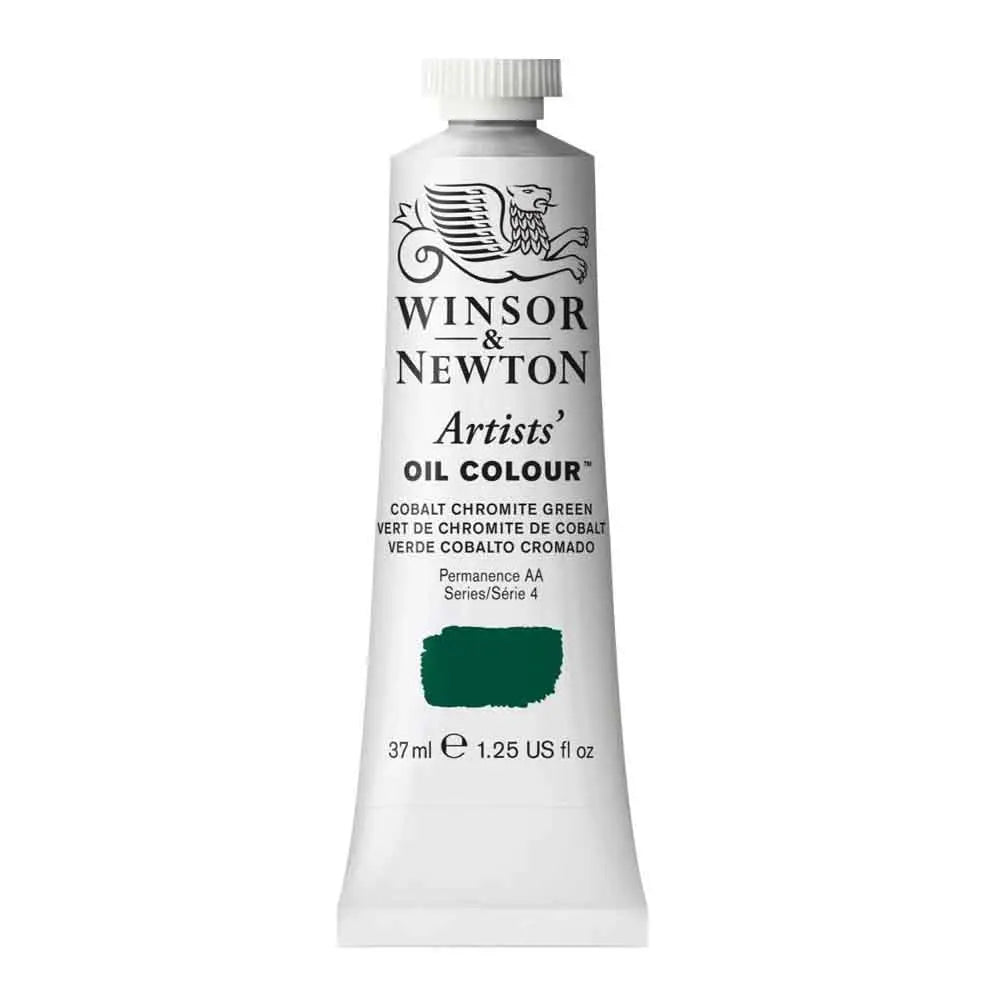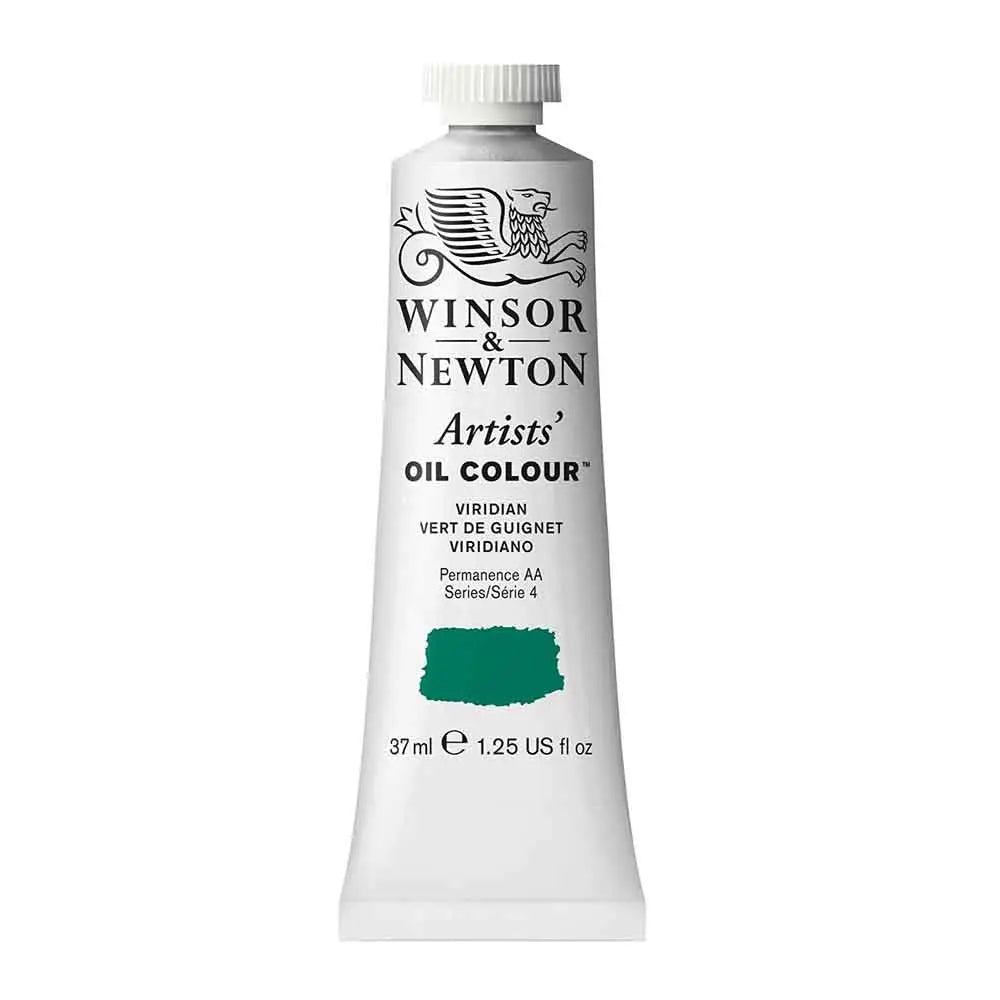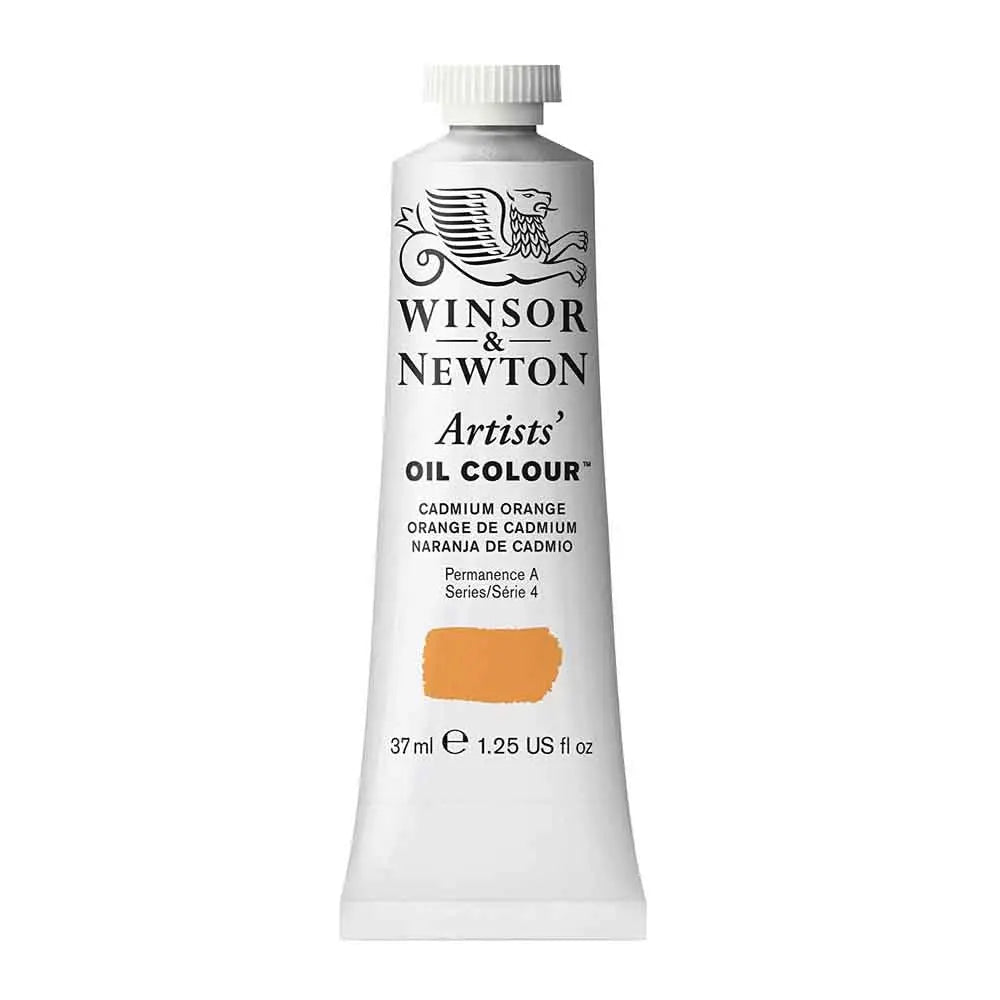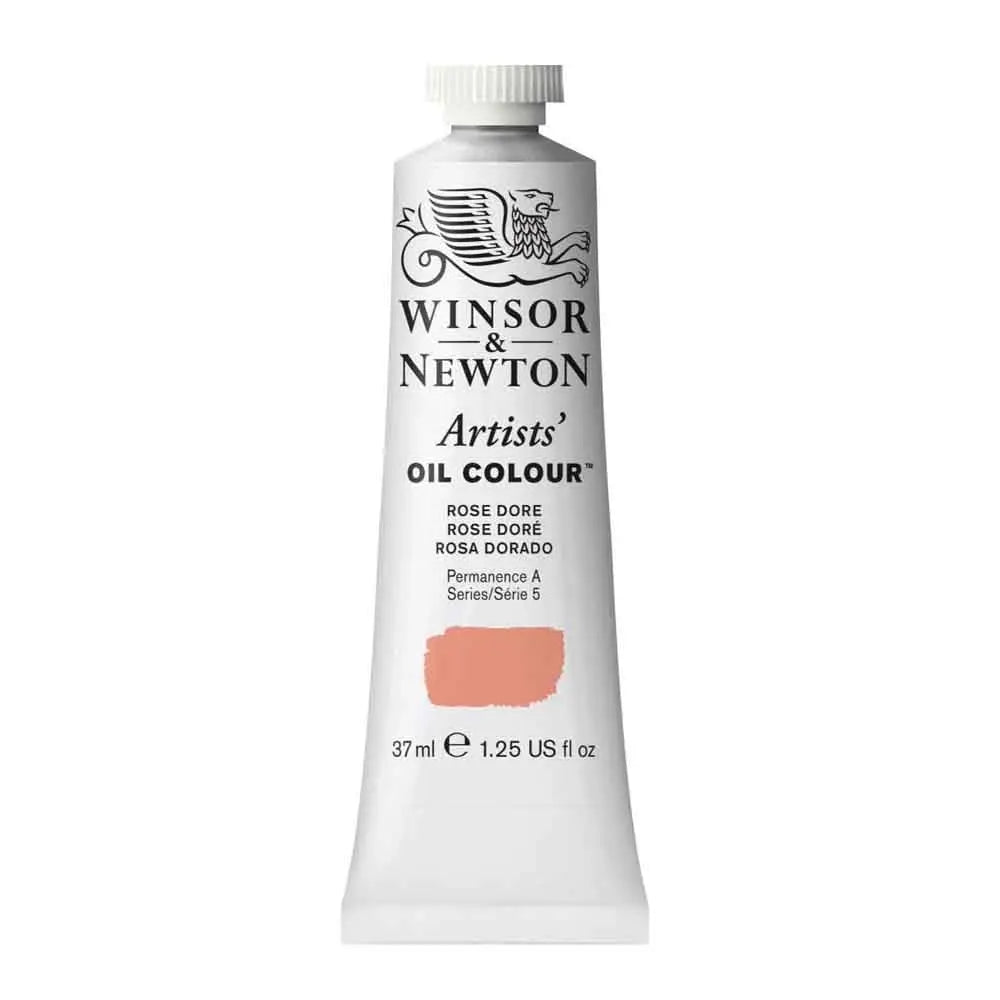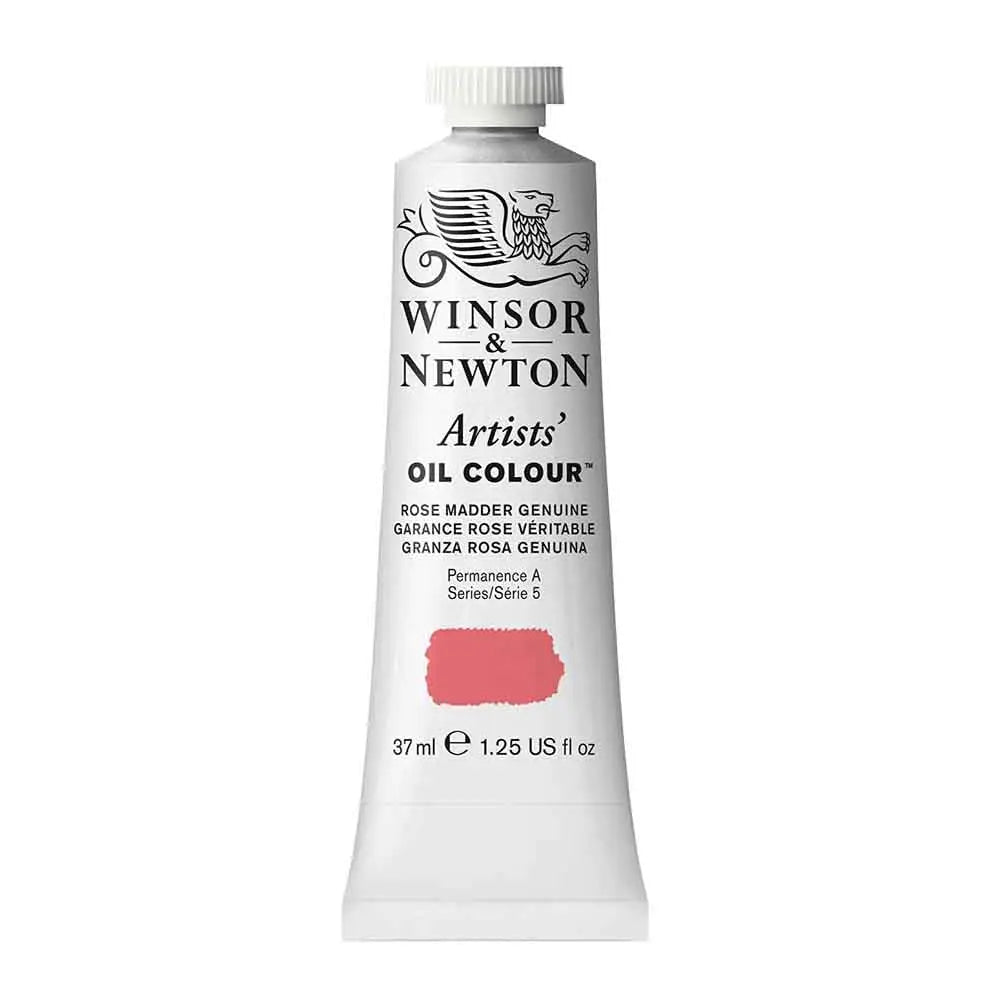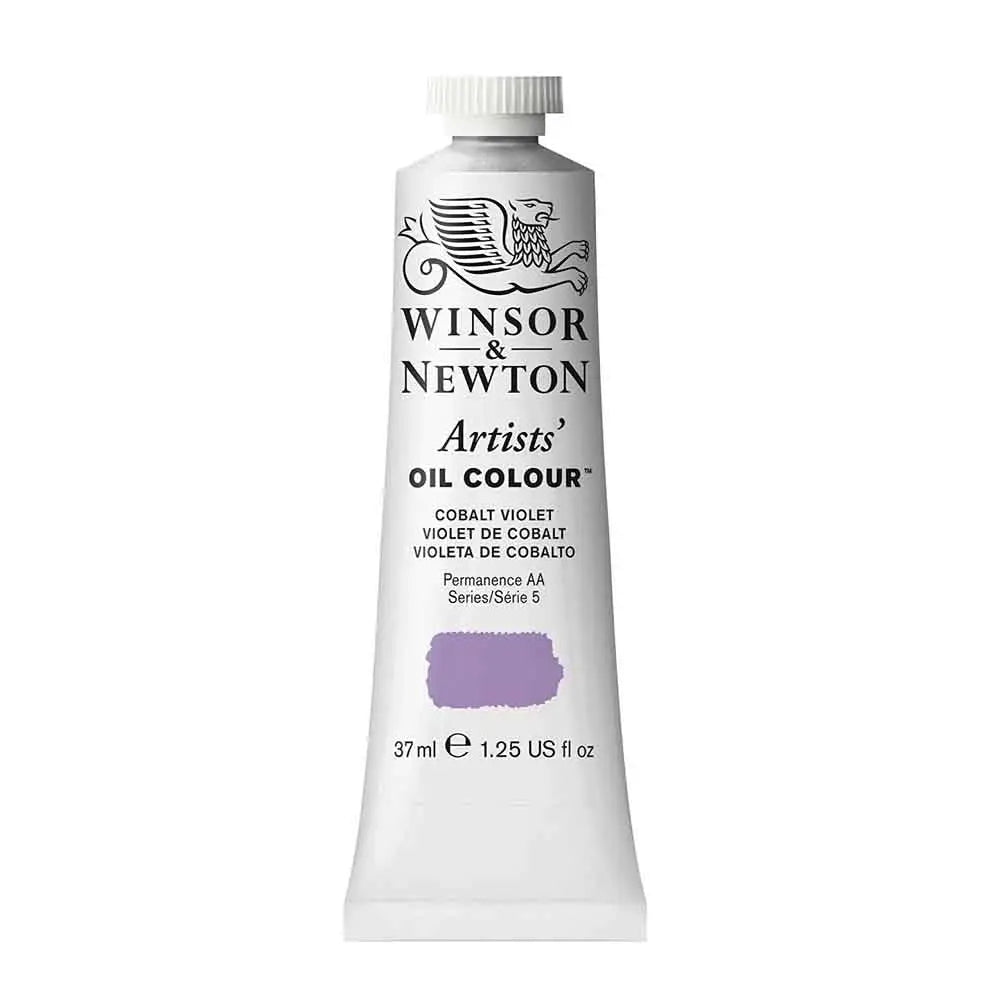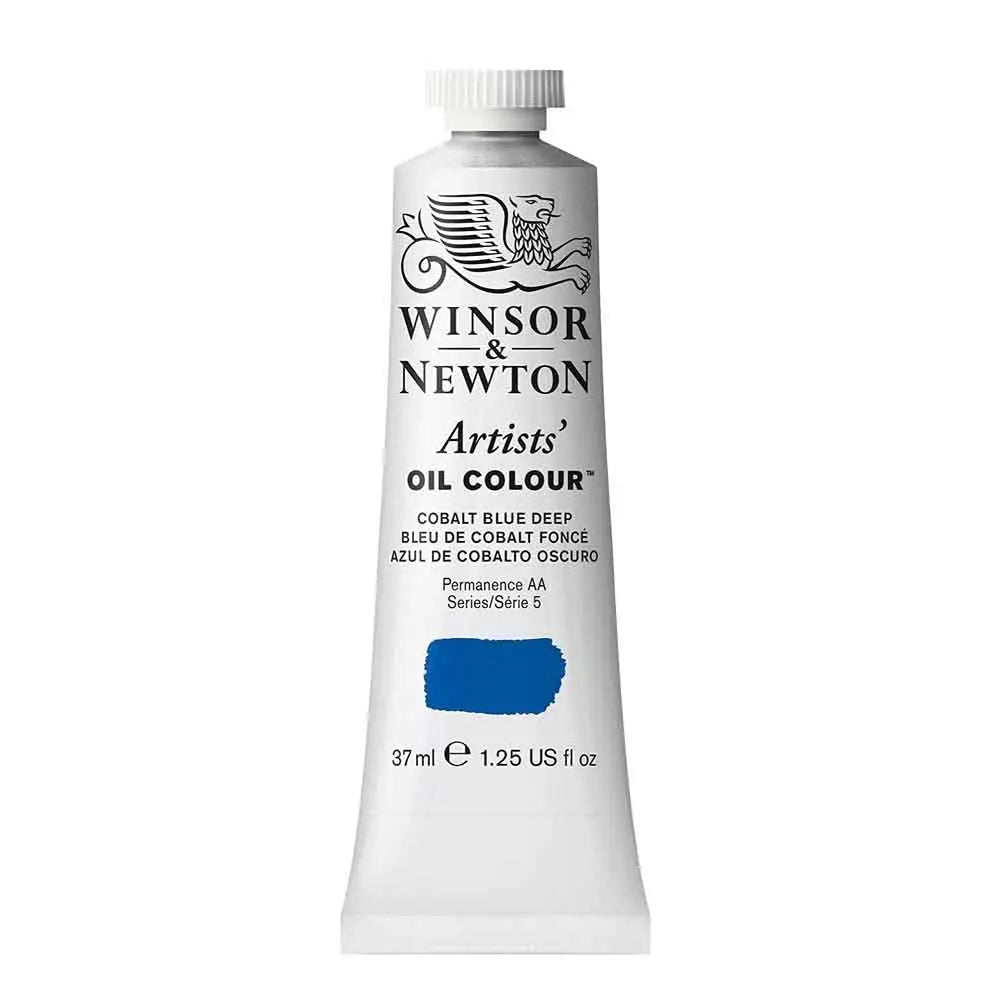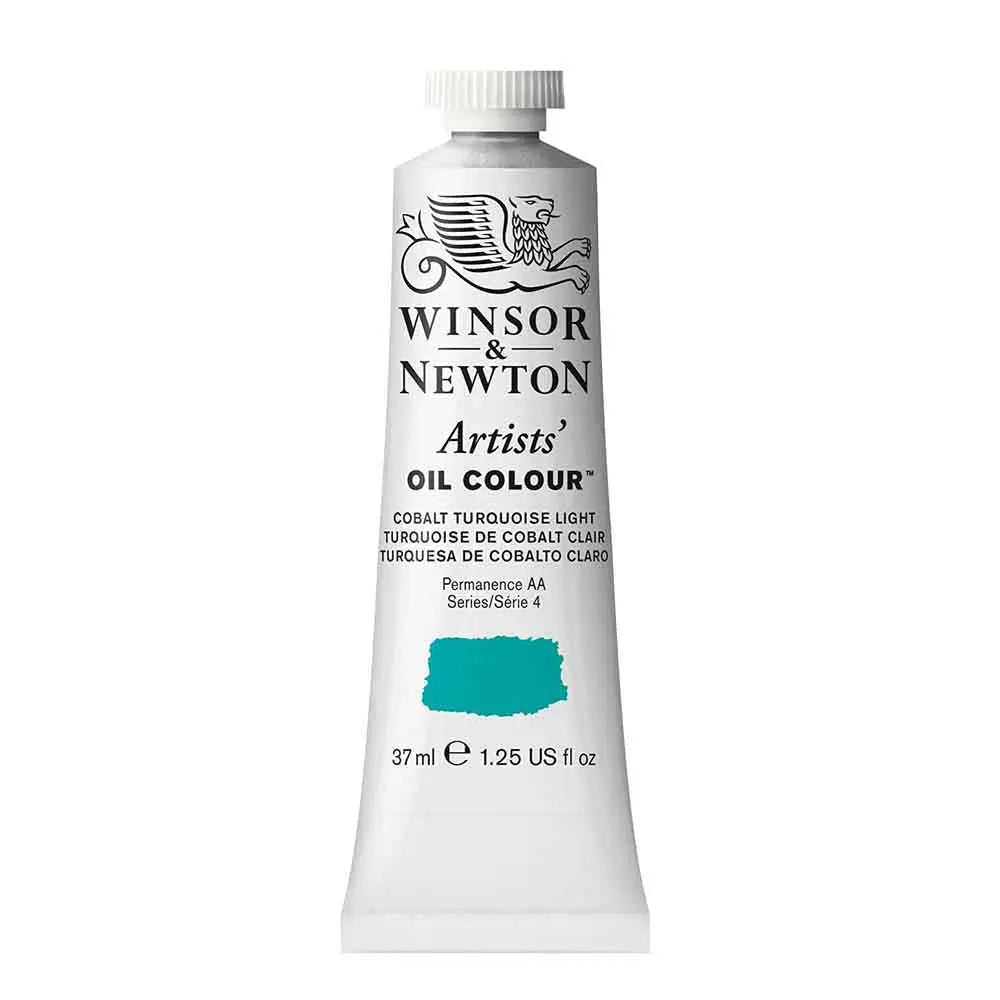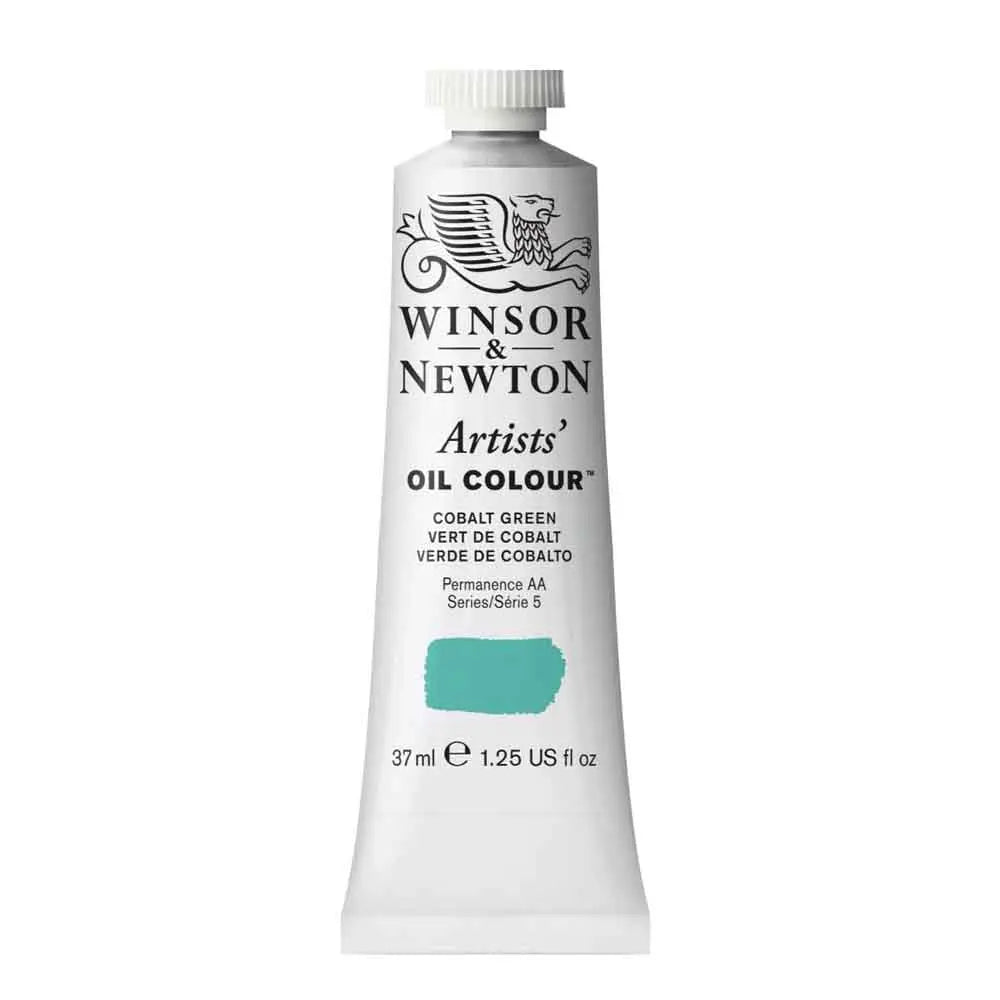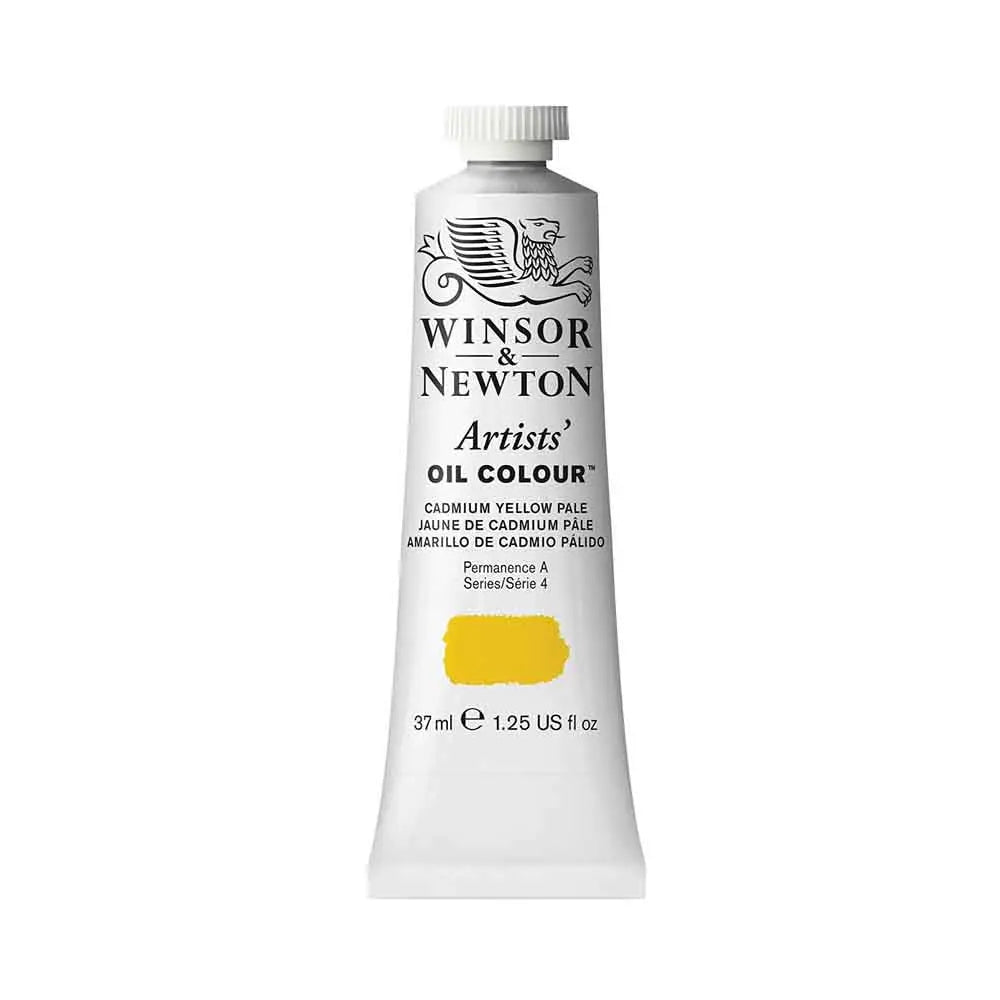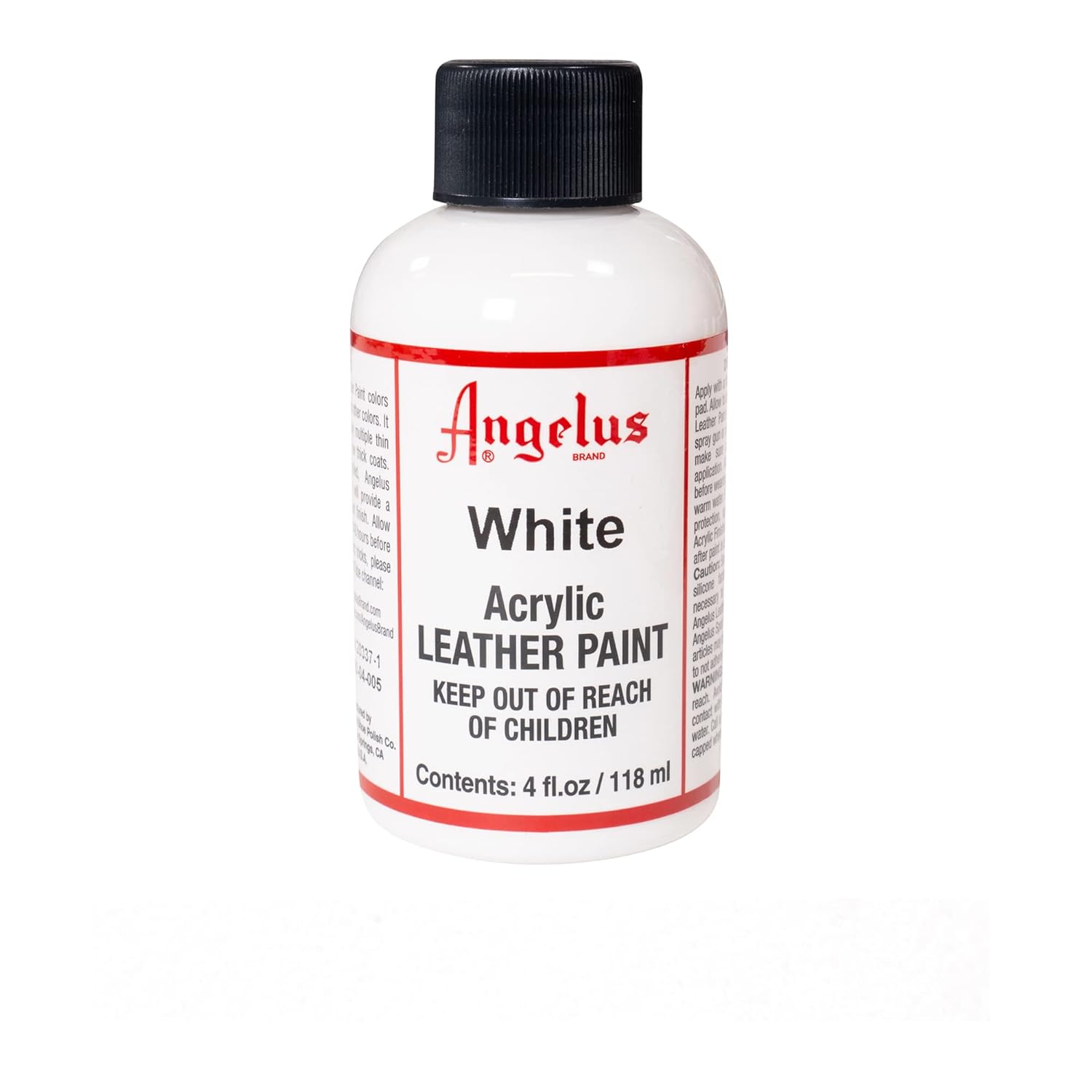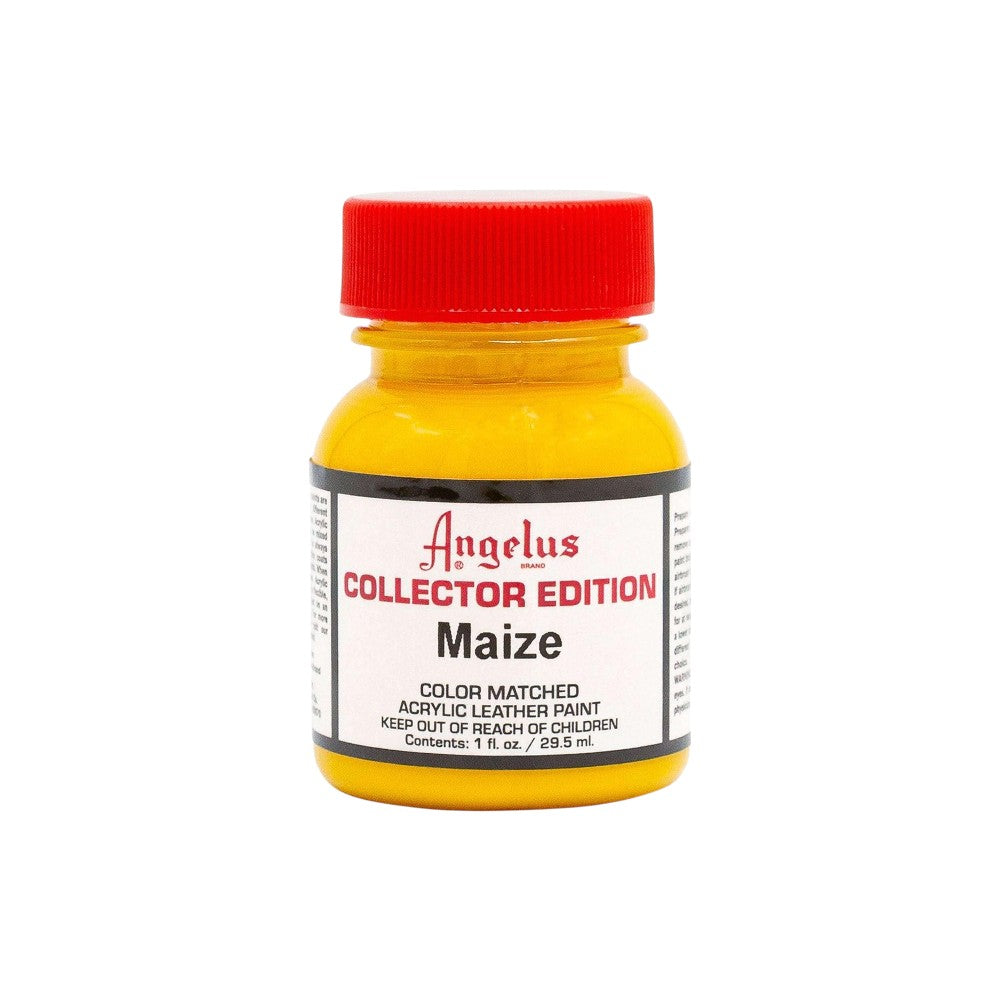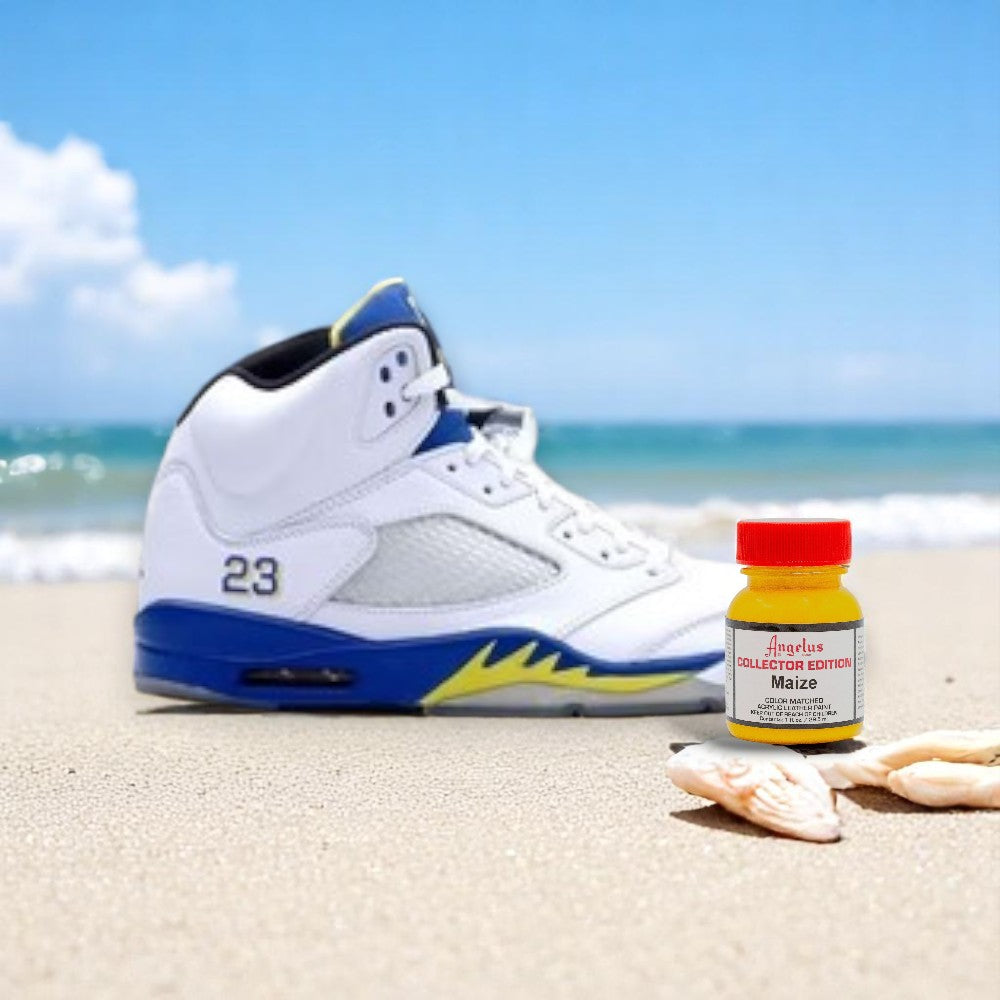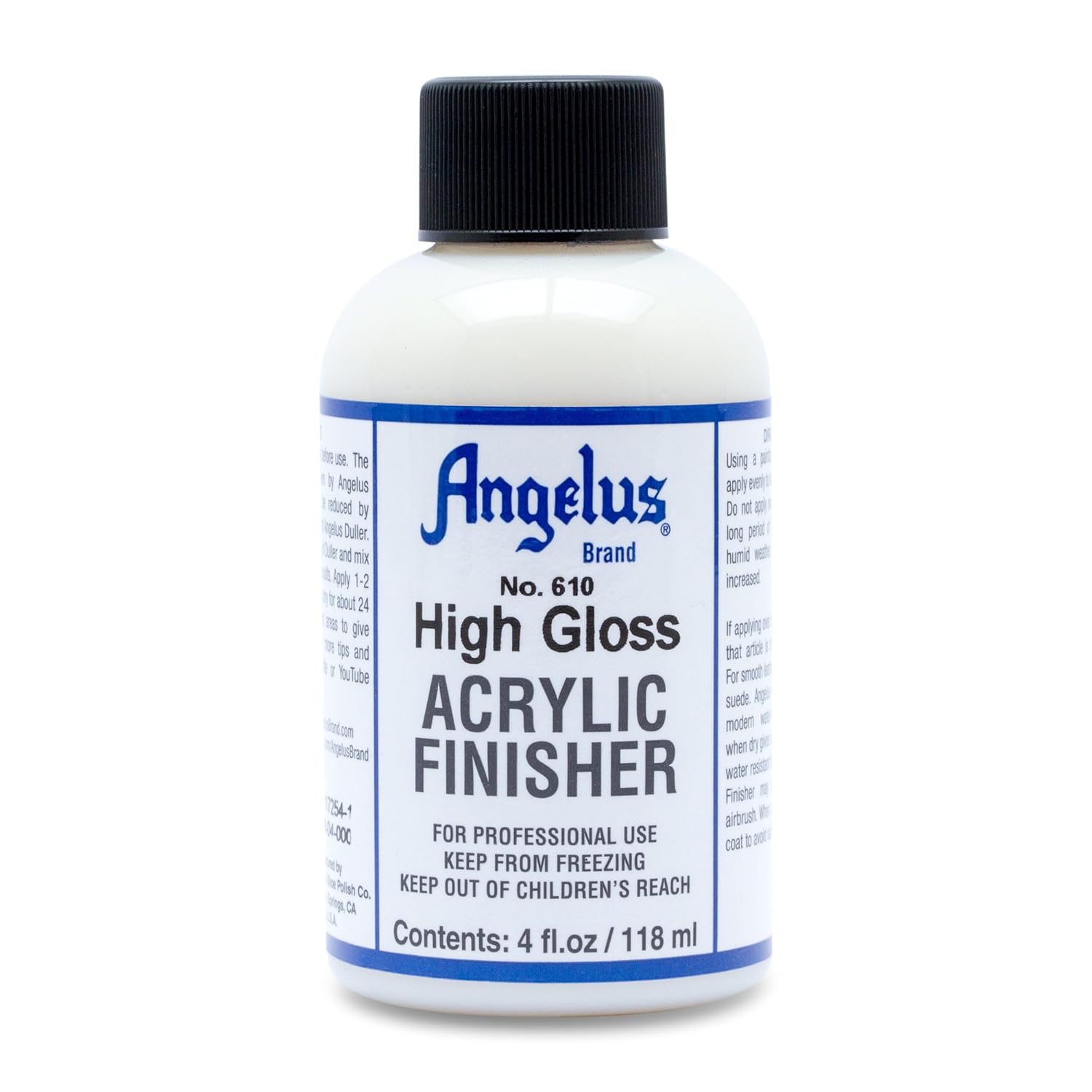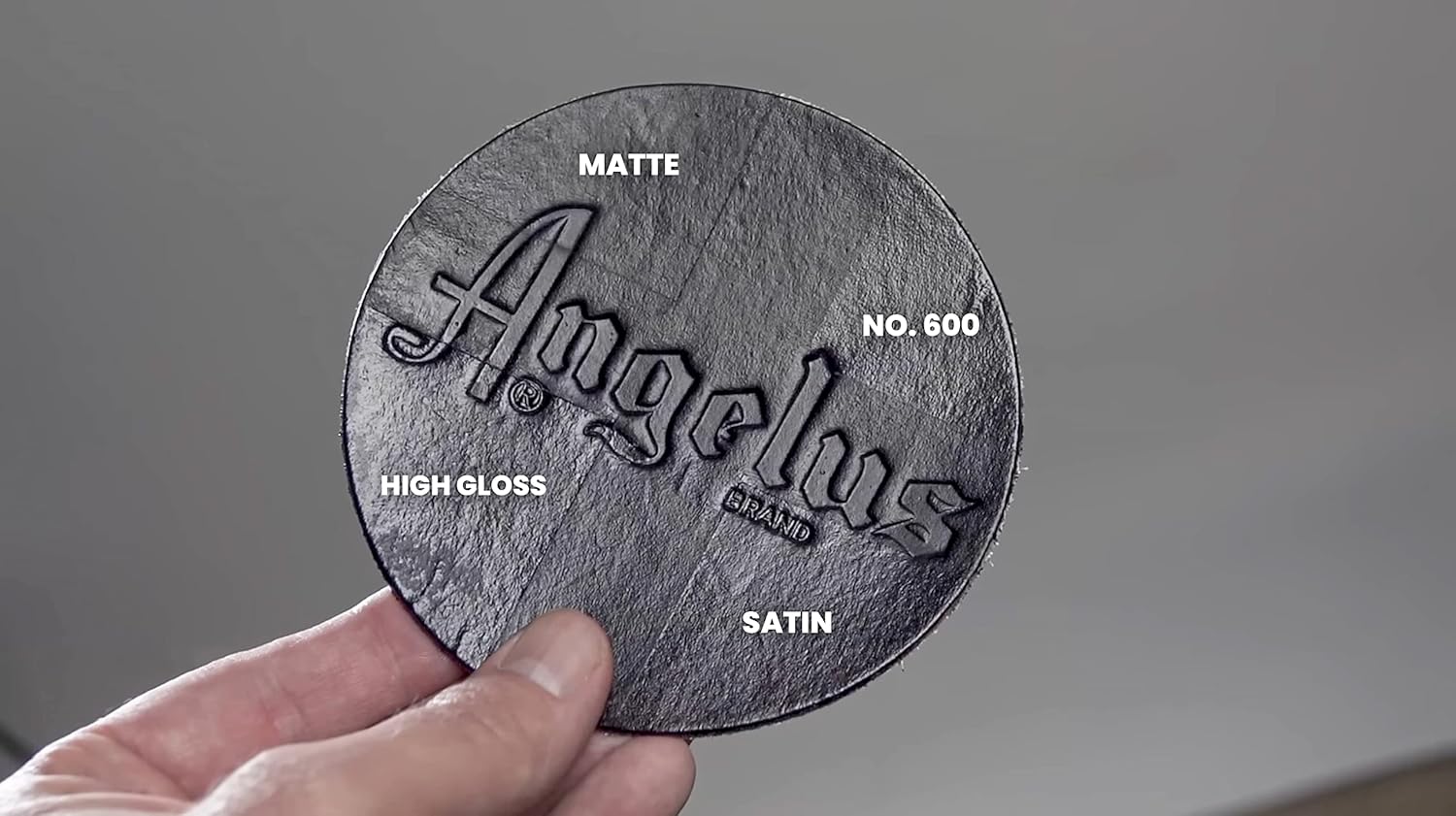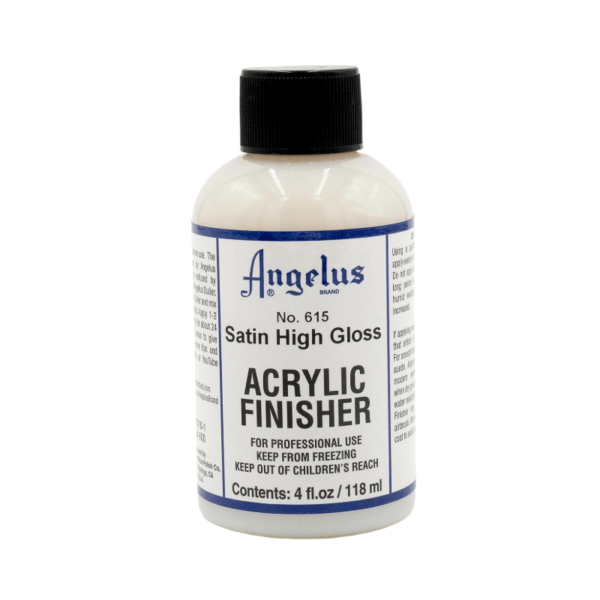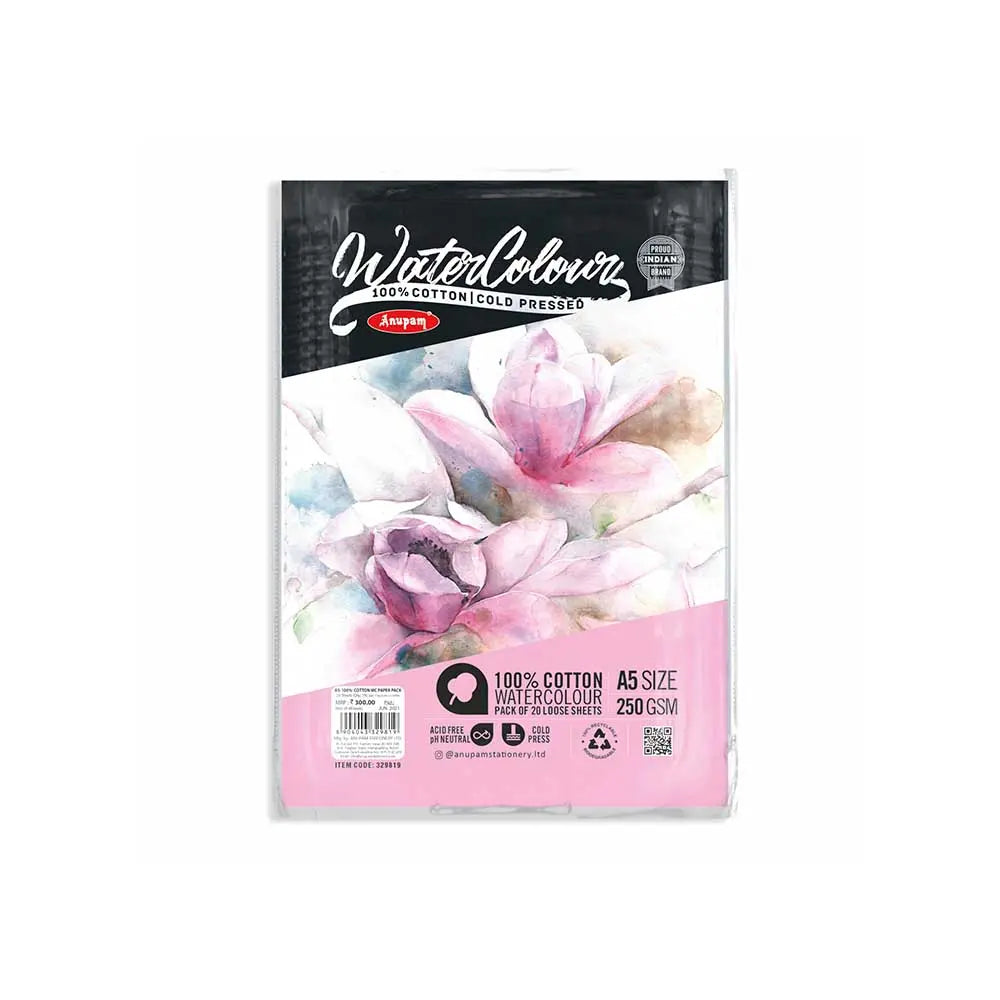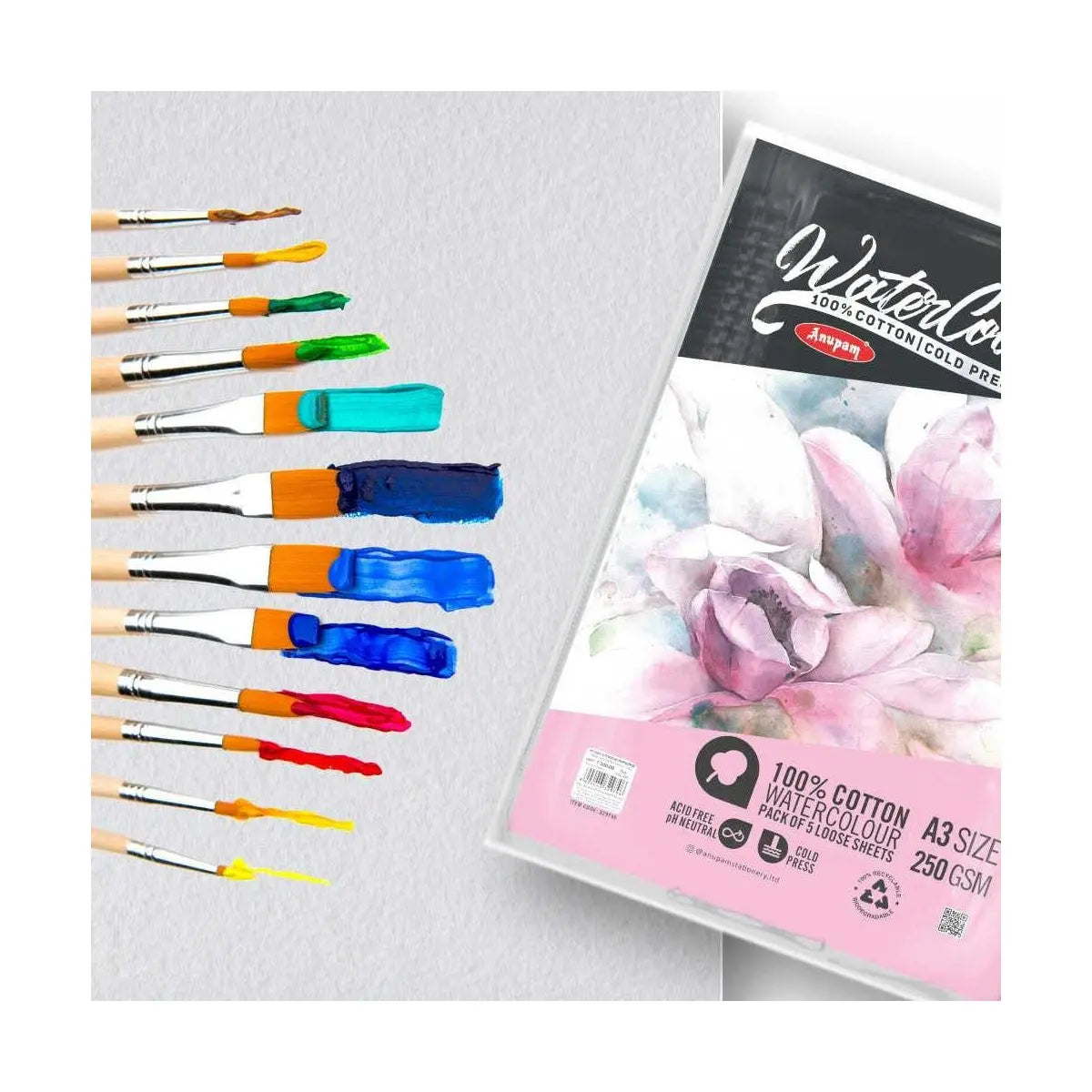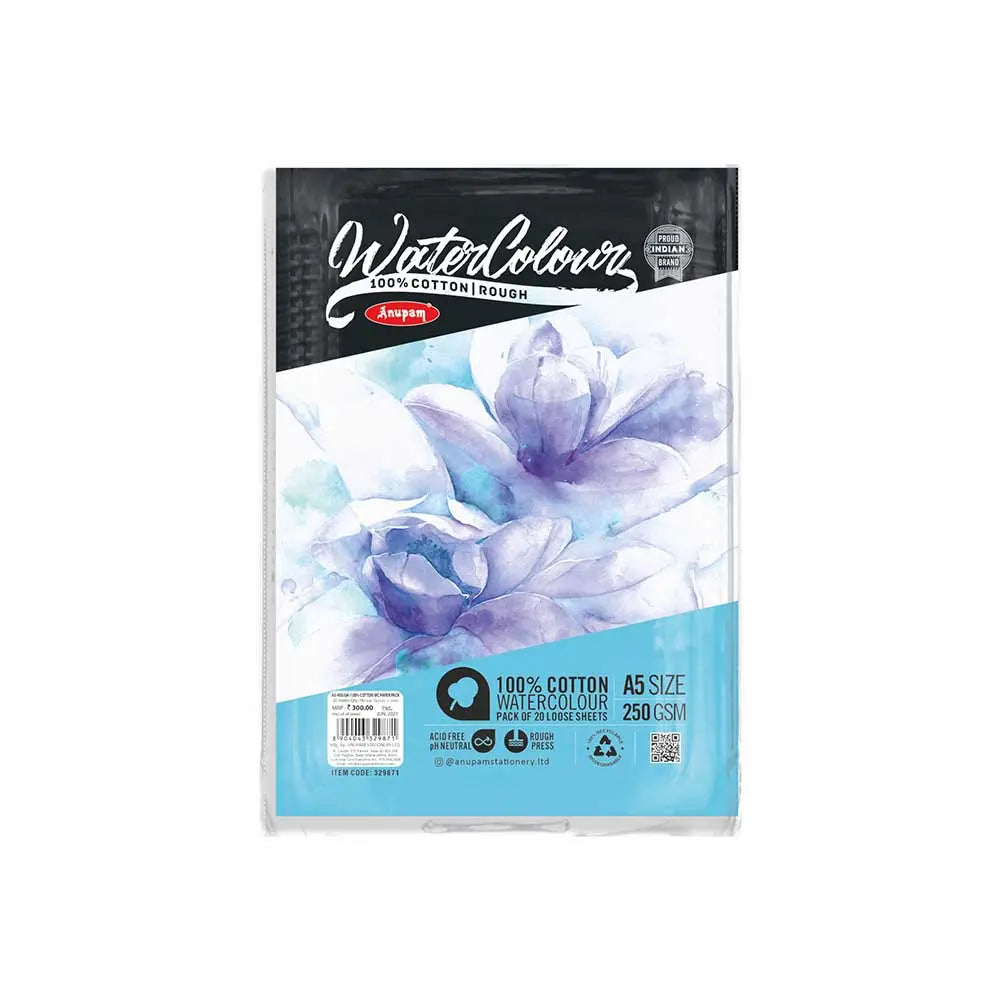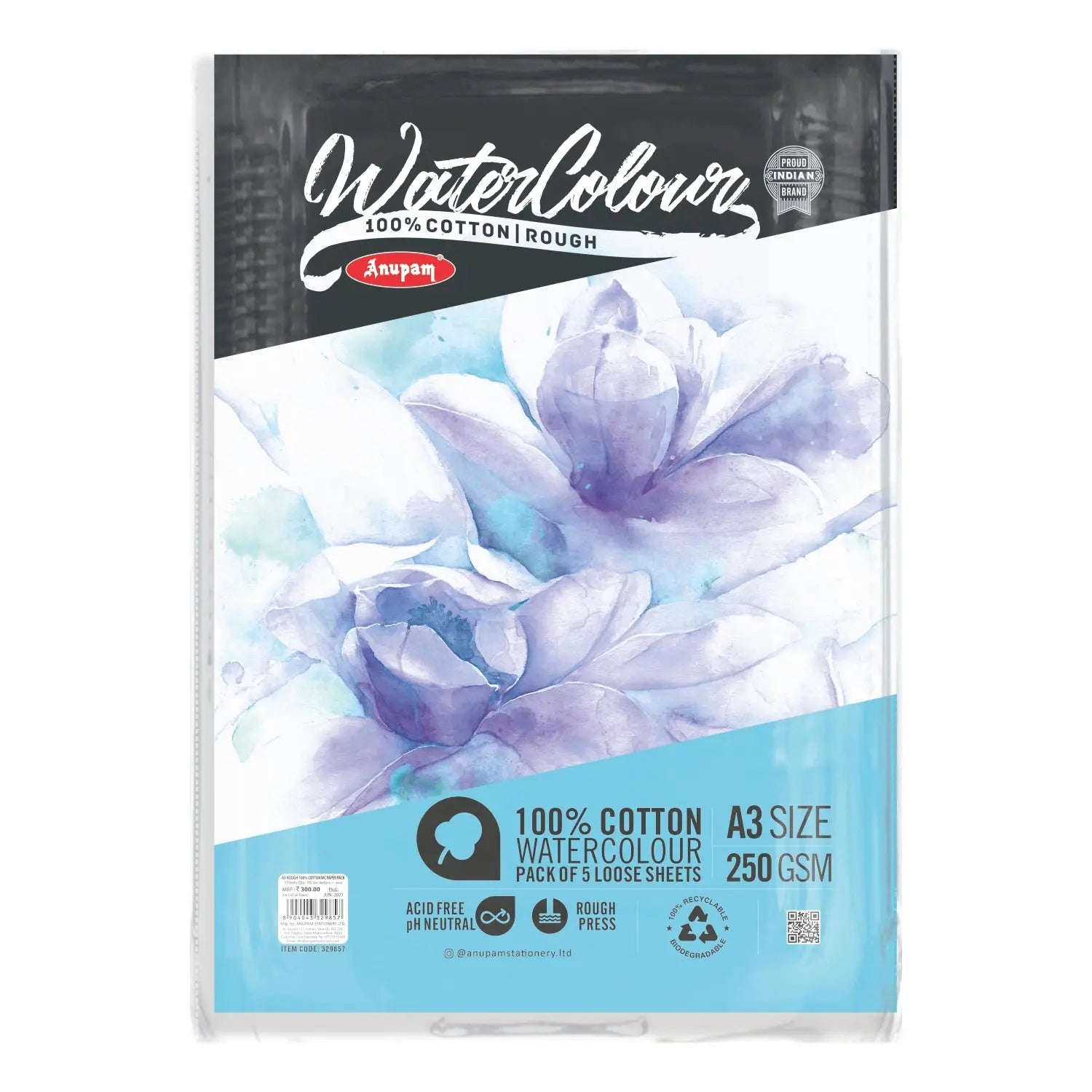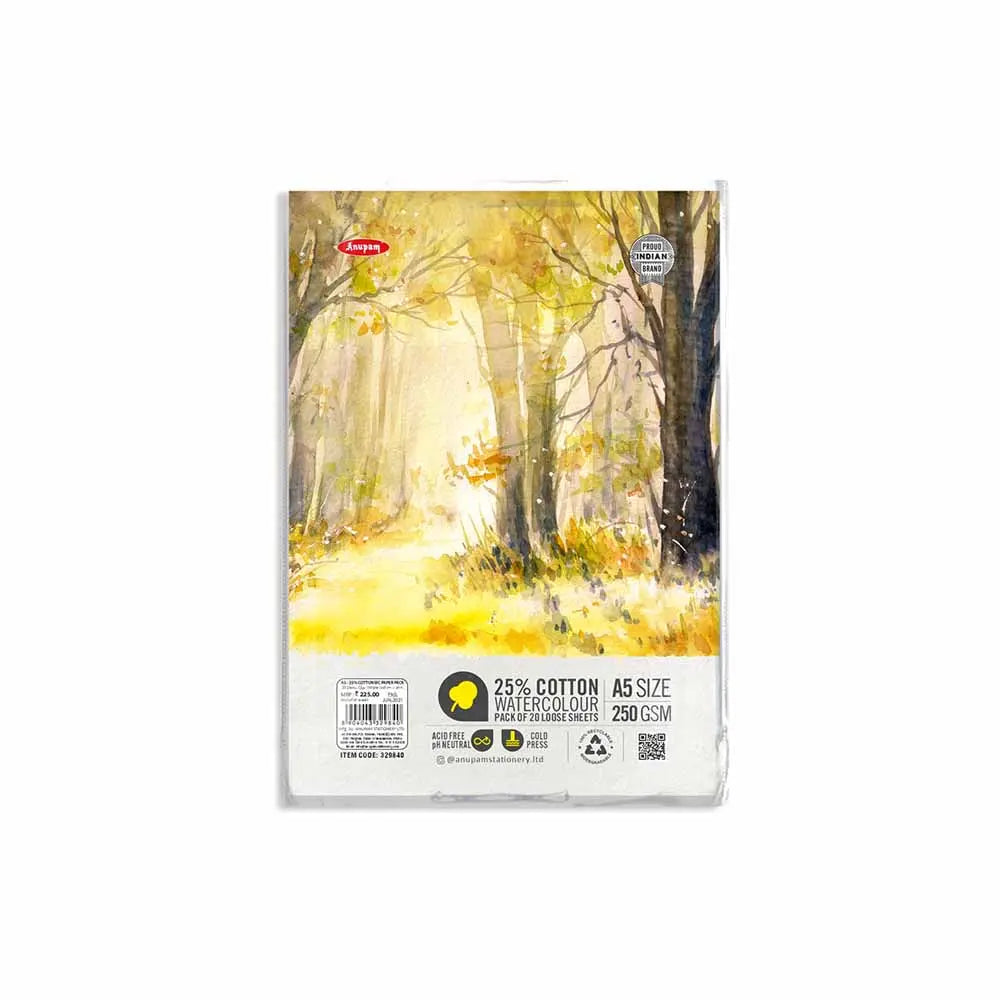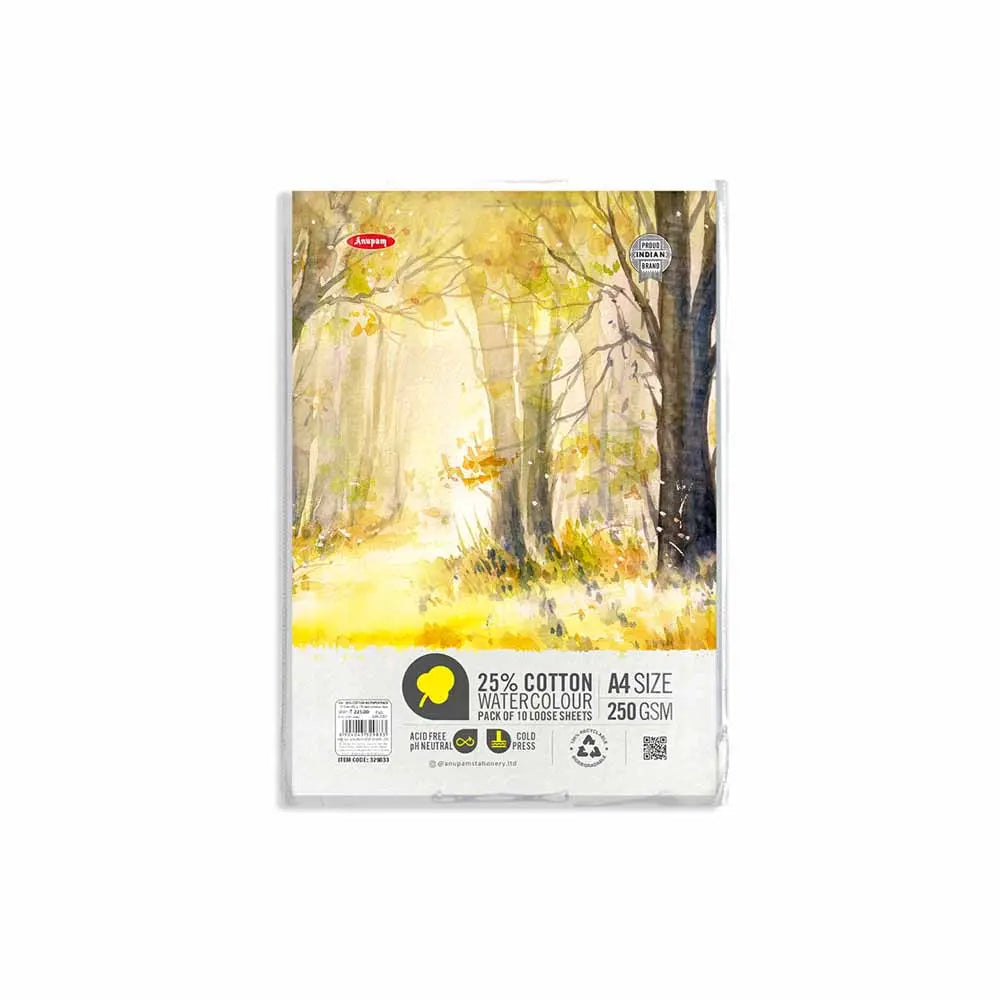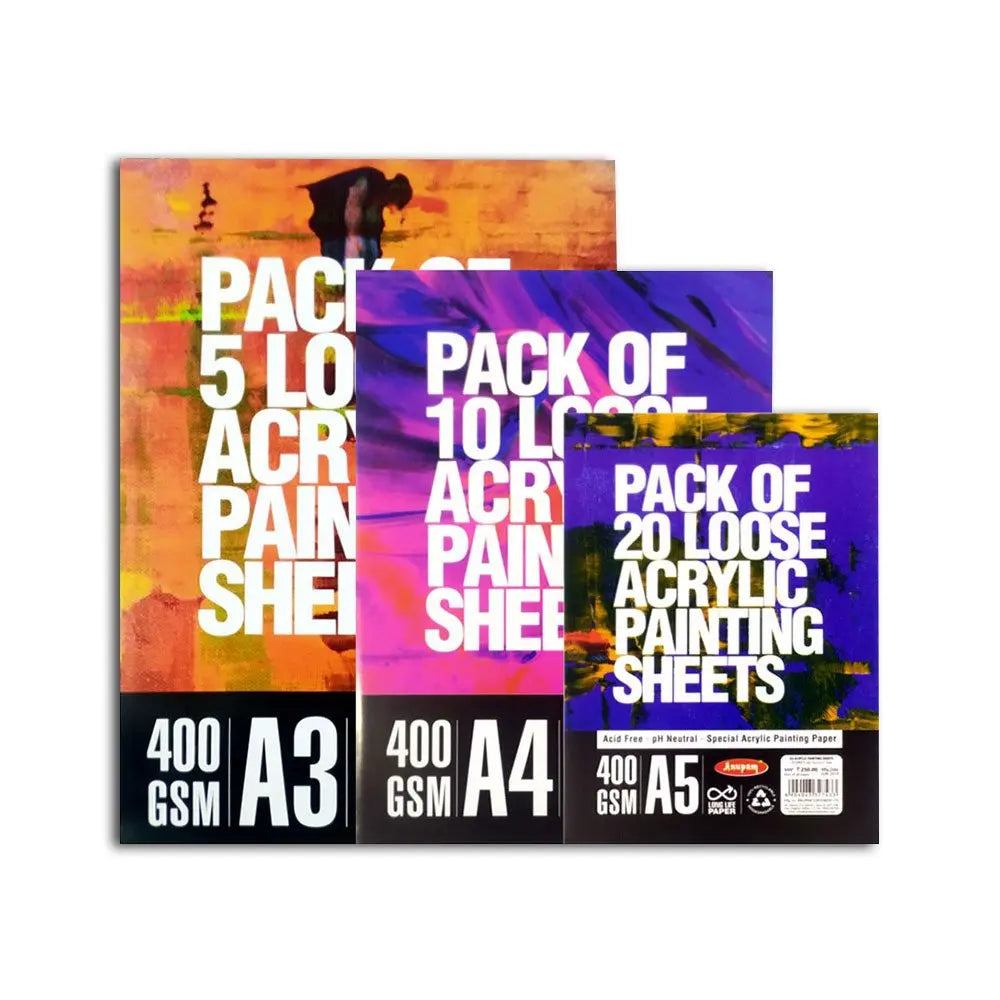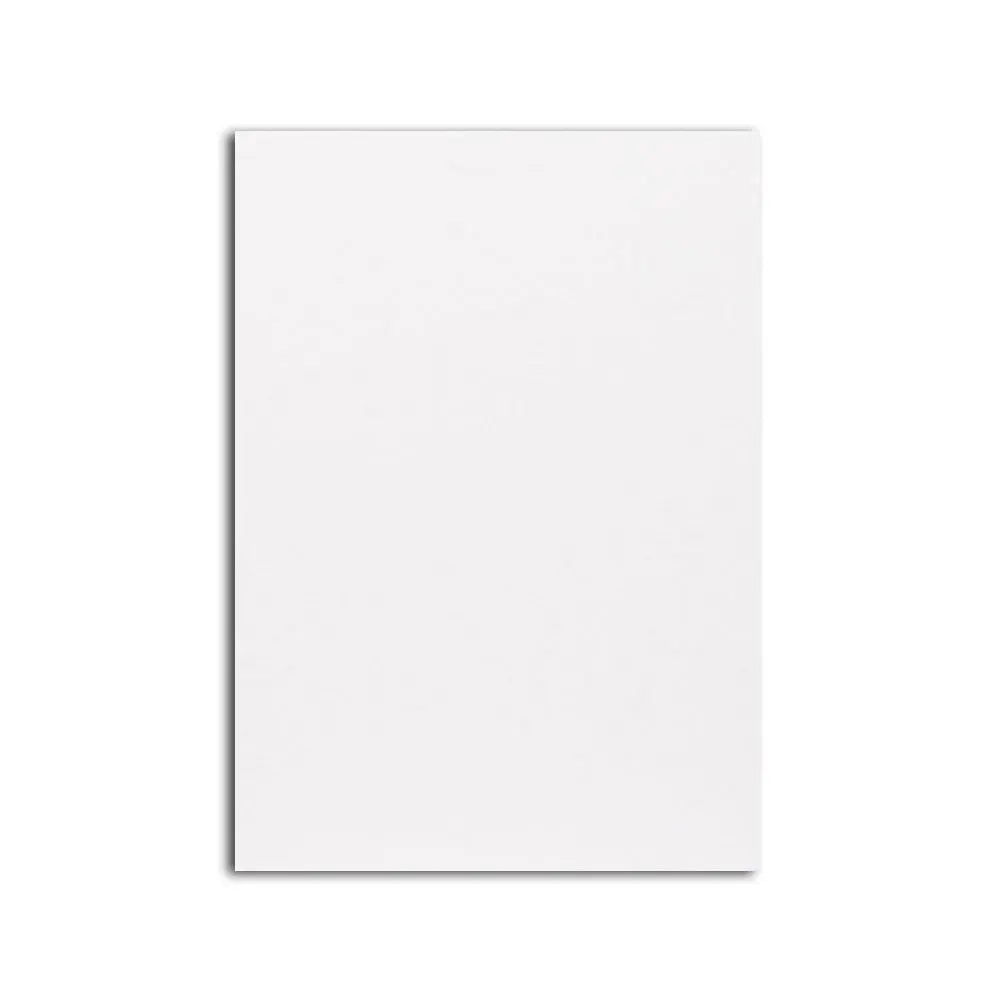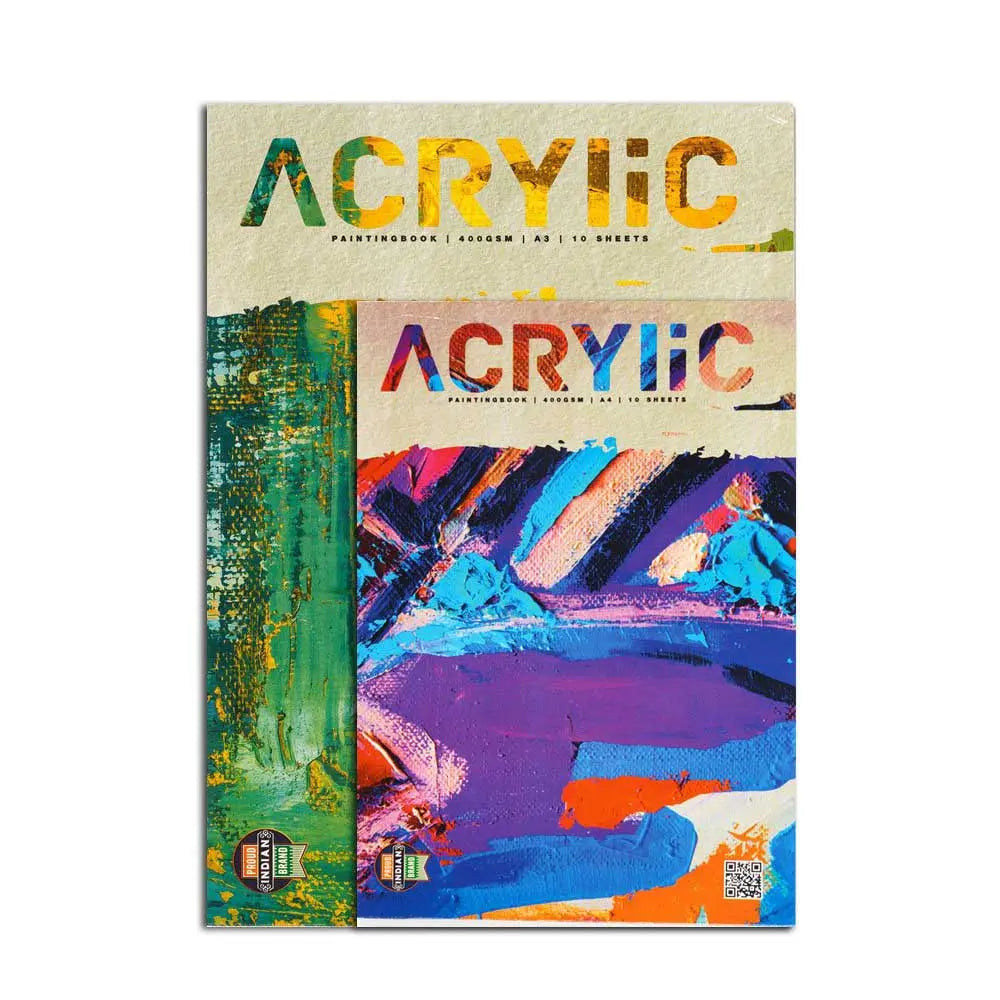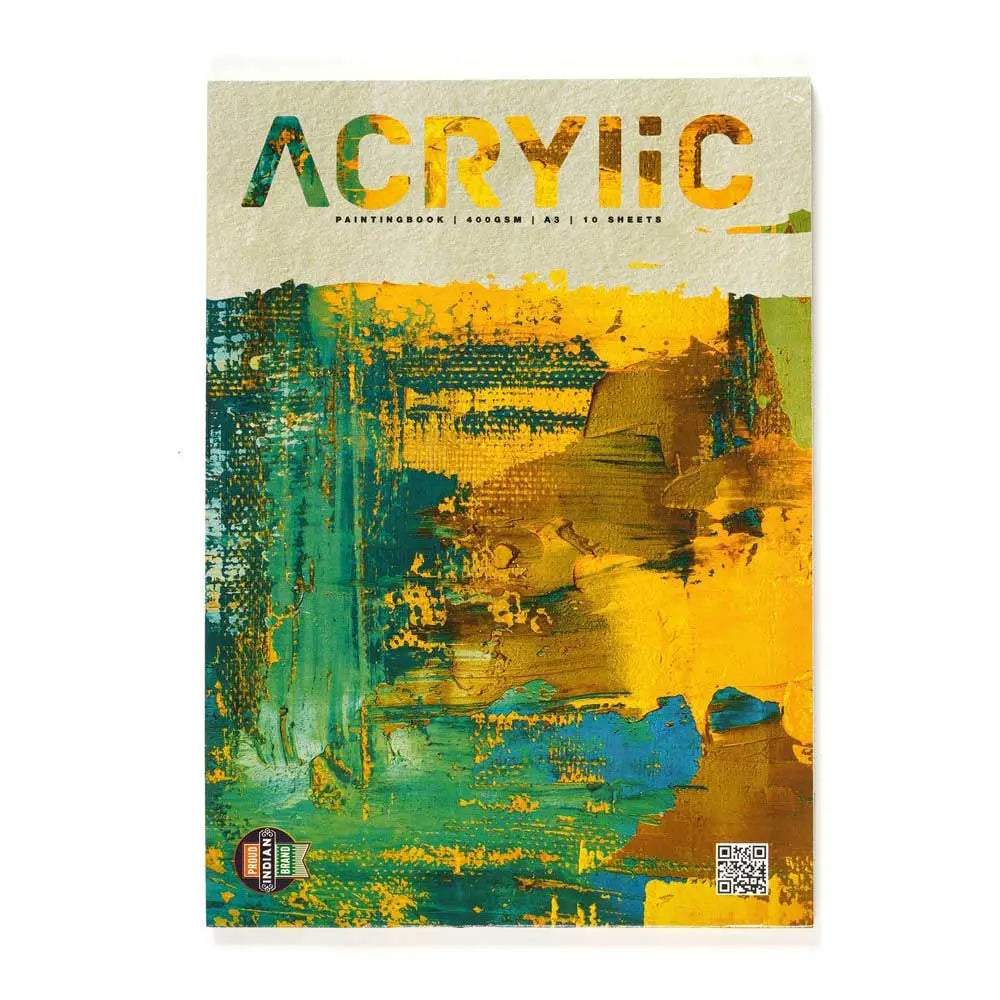Winsor and Newton Artists Oil Colour Tube -
Winsor & Newton Artists’ Oil Colour is unmatched for its purity, quality and reliability – a success which is reflected in its world-wide reputation amongst professional artists. Every Winsor & Newton Artists’ Oil Colour is individually formulated to enhance each pigment’s natural characteristics and ensure stability of colour. By exercising maximum quality control throughout all stages of manufacture, selecting the most suitable drying oils and method of pigment dispersion, the unique individual properties of each colour are preserved. Combined with over 180 years of manufacturing and quality control expertise, the formulation of Artist’s Oil Colour ensures the best raw materials are made into the World’s Finest Colours.
The AOC range consists of 116 vibrant colours, made only from the finest pigments & offering the widest spectrum of all the Winsor & Newton oil ranges. Each tone is carefully formulated for stability, tinting strength and coverage.
- Pigments - Winsor & Newton’s quality standards include the use of single pigments wherever possible to create individual colours. Combined with strength of colour, single pigments provide a wide colour range in themselves and offer cleaner, brighter mixtures with an infinite range of hues. This is particularly important for greens, violets and oranges. Single pigment ‘secondaries’ considerably broaden the artists’ available spectrum. There are 80 single pigment colours in the range. Like all raw materials, pigments are available in various grades. W&N use only the purest of pigments ensuring the cleanest, brightest colours, which in turn produce the best colour mixtures.
- Consistency & Texture - The buttery consistency of Artists’ Oil Colour, together with the smell of linseed oil, are the two characteristics most admired by oil painters. These qualities are unbeaten by other media. The stiff consistency of Winsor & Newton colours can retain brush or palette knife marks or it can be thinned to the very finest of glazes.
- Surface Sheen - While Artists’ Oil Colour is formulated to provide as even a reflective surface as possible, it’s important to note that the reflective quality of the oil film is affected by a wide variety of factors. Because each pigment requires differing volumes of oil in formulation, the surface sheen may differ from colour to colour. The addition of solvent, and the use of additive mediums will alter surface sheen as well as the ground used.
- Covering Power - Covering Power not only comes from pigment strength, but also from the greater thickness of colour, which results from the stiff consistency associated with Winsor & Newton’s Artists’ Oil Colour. Covering power is particularly linked to the most opaque colours like Titanium White and the Cadmiums.
- Colour Series - As the cost of the pigments used varies, so does the price charged for the colour. Therefore Winsor & Newton have grouped colours together in ‘series’. The higher the series number, the higher the price. You can find the series number both on the colour chart and on the tube.
- Transparency & Opacity - Pigments vary in their transparency by nature. Remember that the level of transparency of a colour is relative to other colours. Transparent colours are used for glazing and tinting, providing optical colour mixtures and depth of colour to the painting surface. Opaque colours cover well, give flat areas of colour and obscure the under-layers of the painting. Winsor & Newton Artist Oil Colour is formulated to reflect the characteristics of each of the various pigments, ensuring that synthetic organics such as Phthalocyanines and Quinacridones (i.e. Winsor or Permanent colours) deliver maximum transparency, whilst Cadmiums and Earth colours offer excellent opacity.
- Permanence - Since 1832 Winsor & Newton have been developing permanent alternatives for the less durable traditional colours, without compromising the handling properties of their oils. As a result, the permanence of the colour range has been improved beyond the dreams of past painters. Of the 116 colours in the range, 115 are now classified as permanent for artists’ use (AA or A ratings from Winsor & Newton) which results in the longevity of paintings. Although Alizarin Crimson is only given a B rating (moderately durable), it has been part of Artists’ Oil Colour for over 130 years and is still considered a key colour by many contemporary artists.
- Drying Times - The long drying time of Winsor & Newton Artist Oil Colour is a key feature of oil painting. The colour remains soft and wet for a few days and therefore allows alterations to be made from day to day. All colours will become touch dry in thin films in 2-14 days. The different reaction of each pigment when mixed with oil results in the different drying rates. Each colour is individually formulated to optimise its drying rate, which helps artists to avoid the problems of slow drying underlayers. However, the following list is a guide to the likely variations.
- Fast Drying Colours, dry in around two days: Permanent Mauve (manganese), Cobalt Blues, Prussian Blue, Raw Sienna, Umbers, Flake, Foundation and Cremnitz Whites.
- Medium Drying Colours, dry in around five days: Winsor Blues and Greens (phthalocyanines), Burnt Sienna, Cobalt Greens and Violet, Ultramarine Blues, Mars colours (synthetic iron oxides), Sap Green, Permanent Alizarin Crimson, Ochres, Cadmiums, Titanium White, Zinc White, Lamp Black, Ivory Black, Pyrroles, Bismuth Yellow, Perylenes.
- Slow Drying Colours, dry in more than five days: Winsor Yellows and Orange, Quinacridones, Alizarin Crimson. Liquin Original is the perfect medium to speed the drying time of oil colour. It will speed the drying by approximately 50%.
